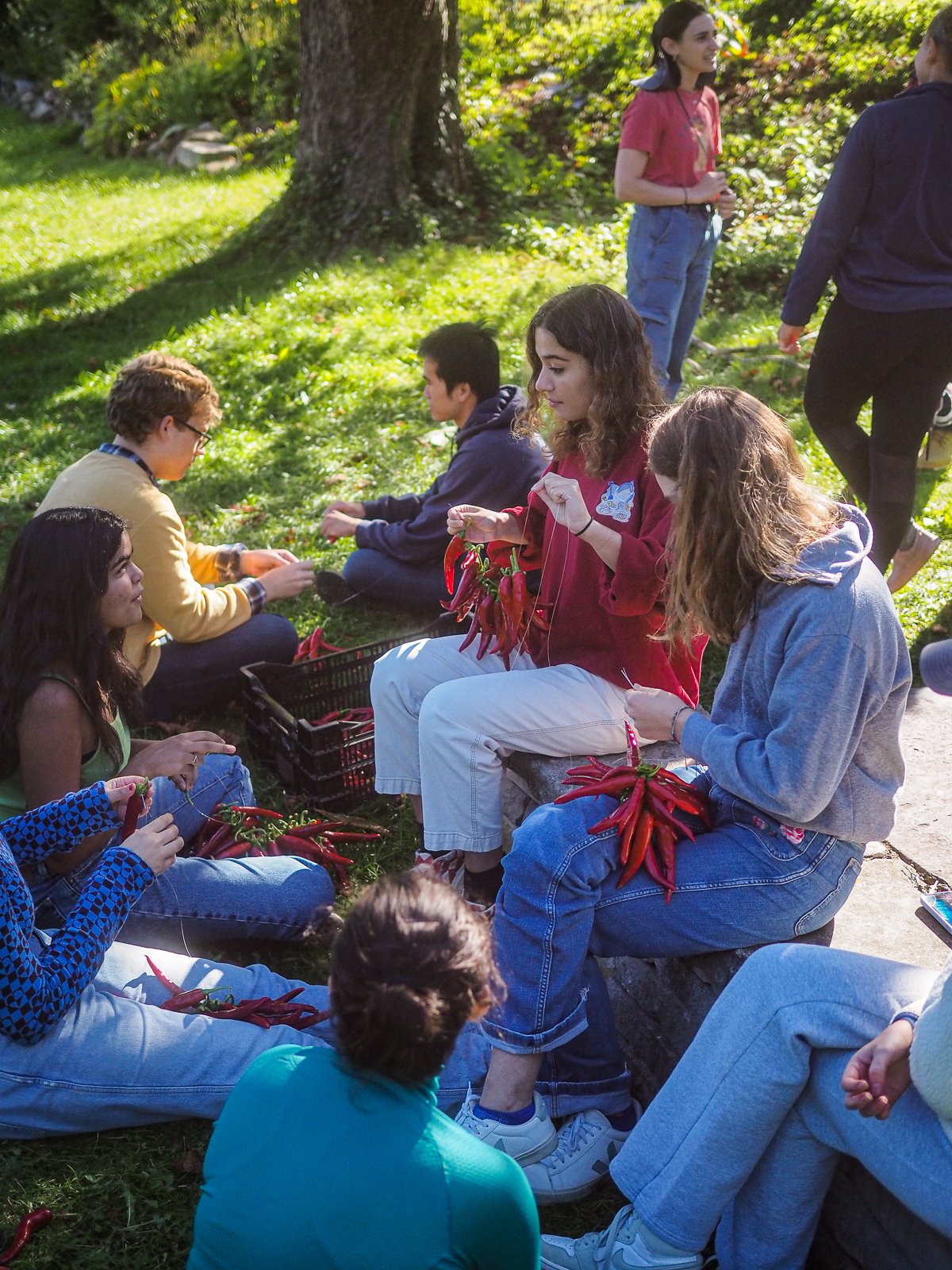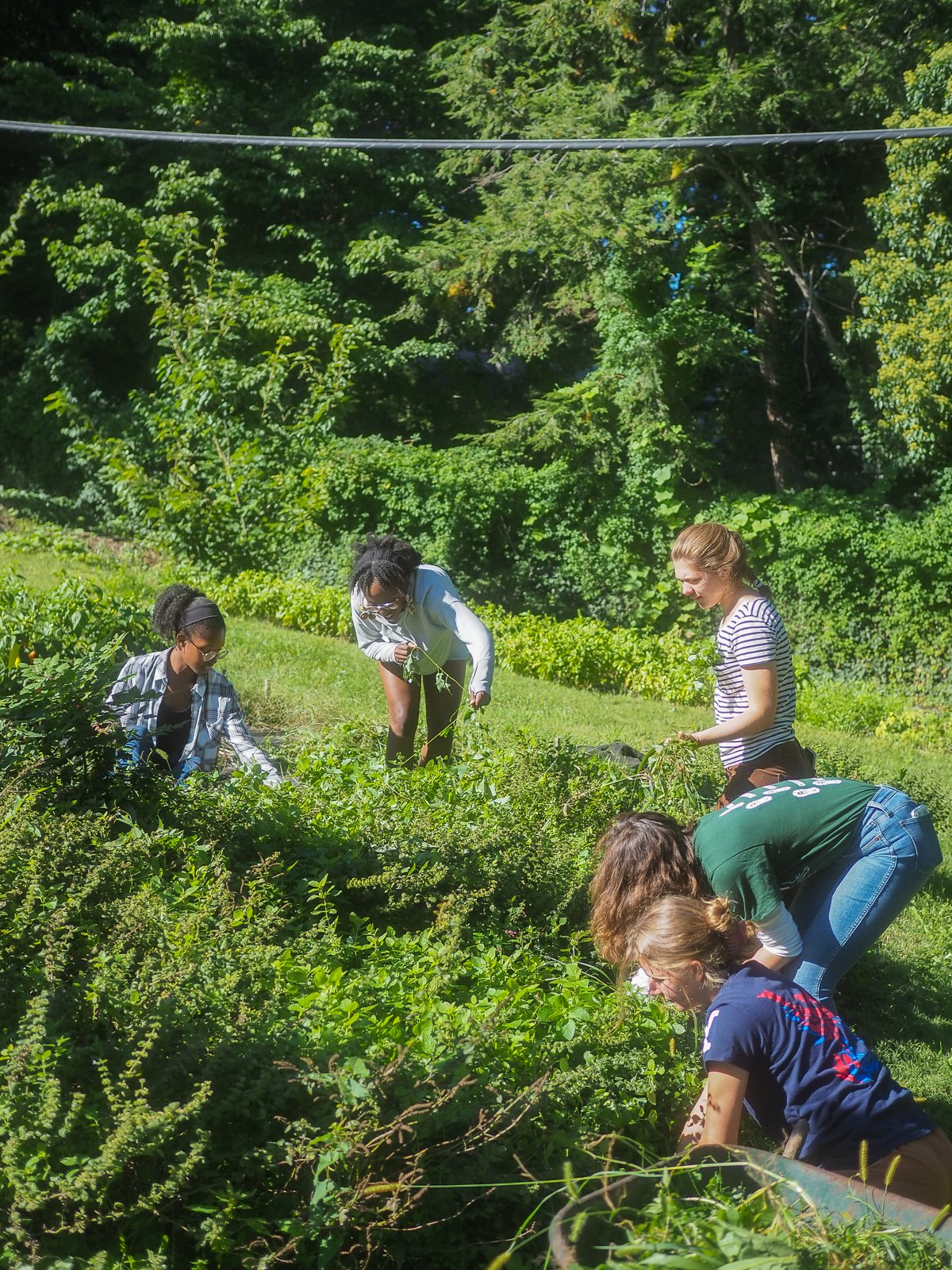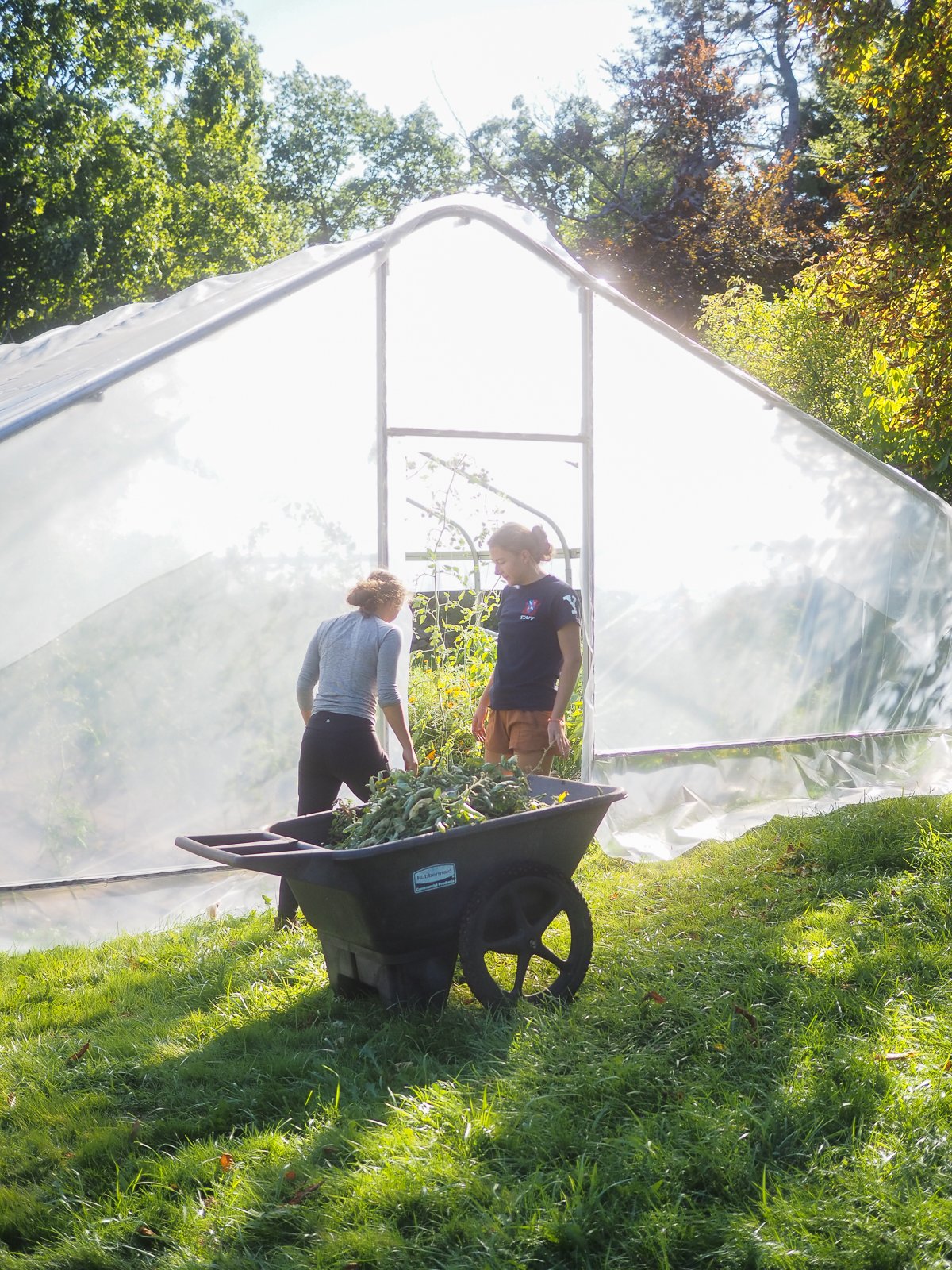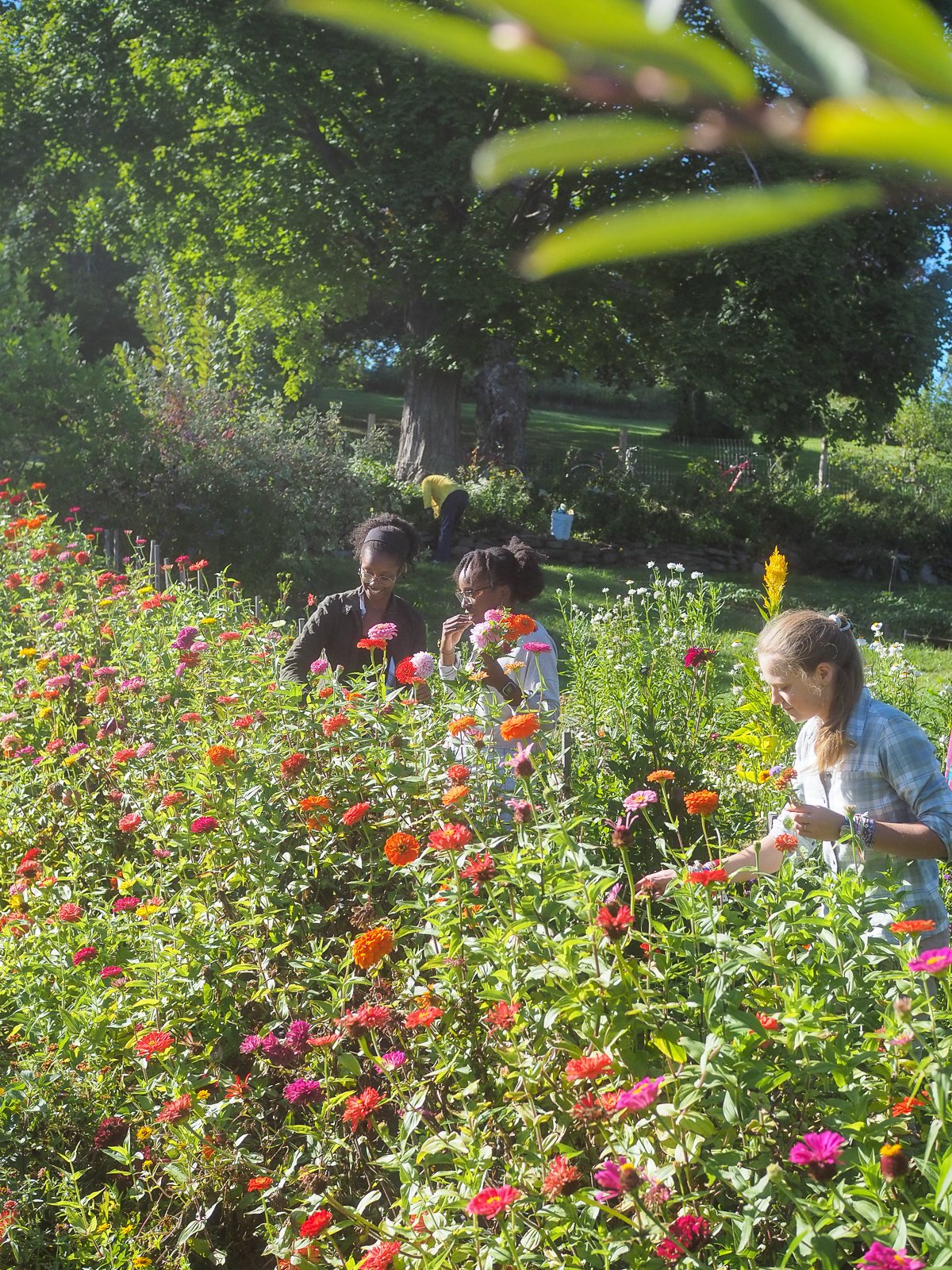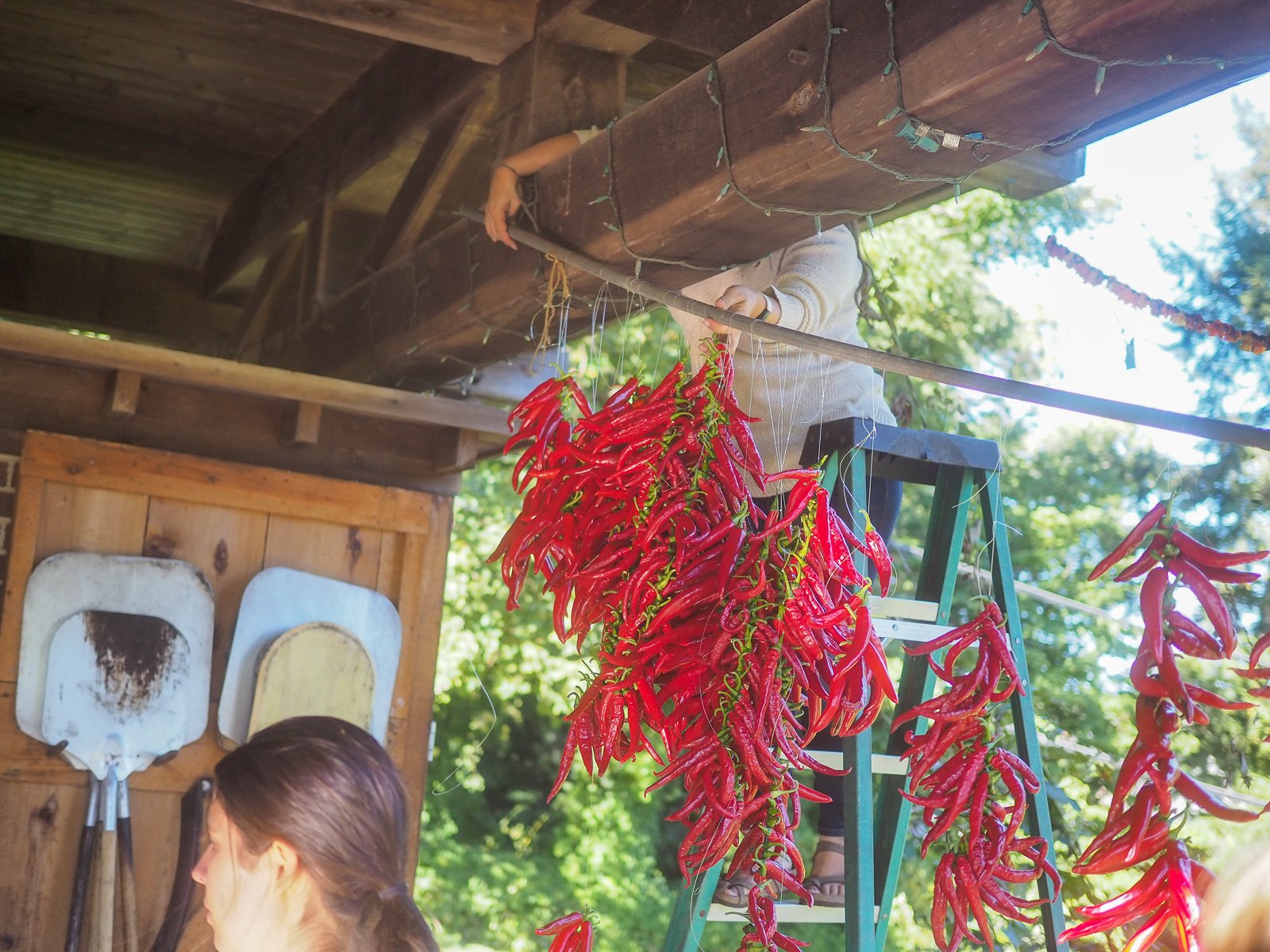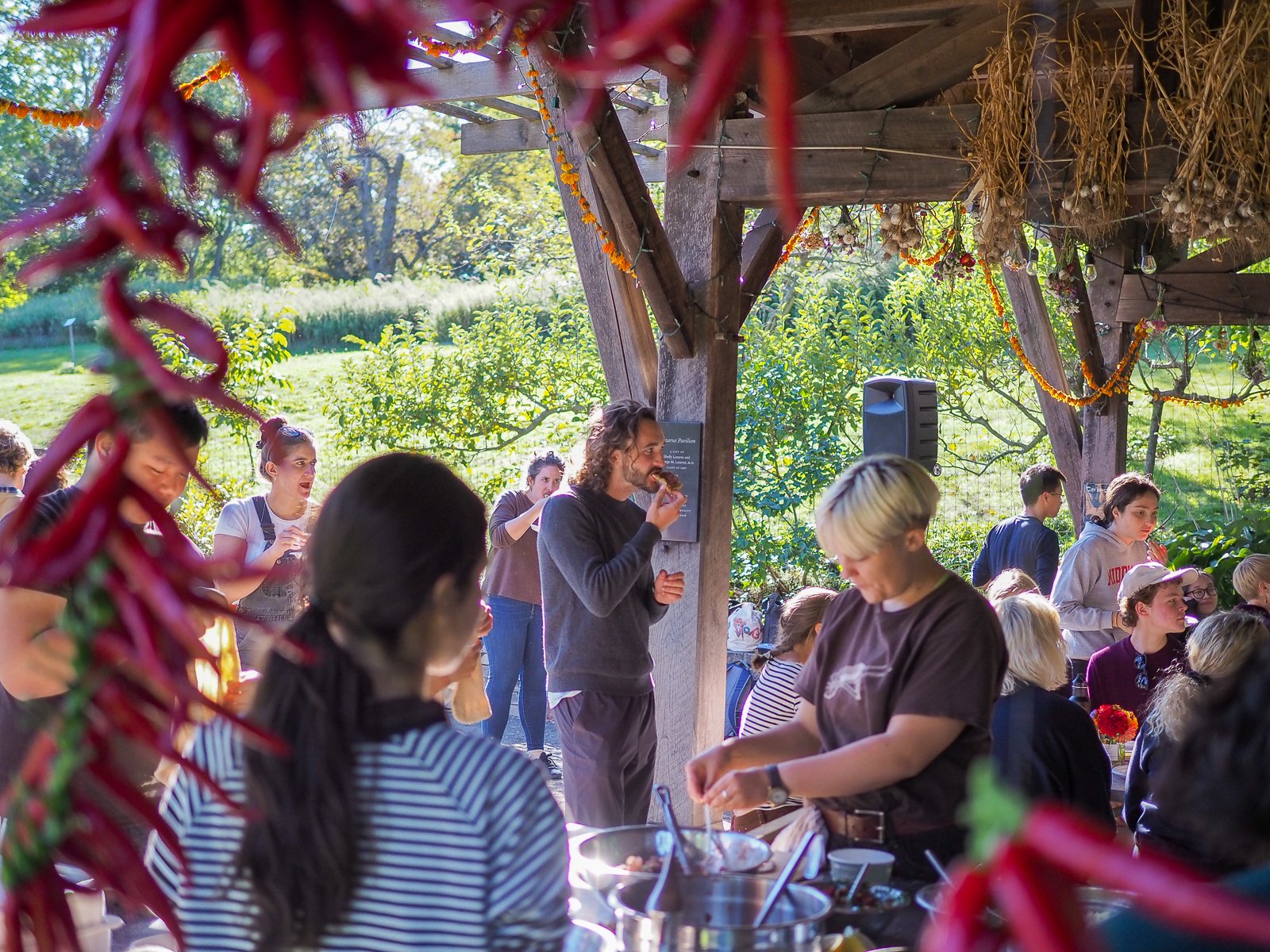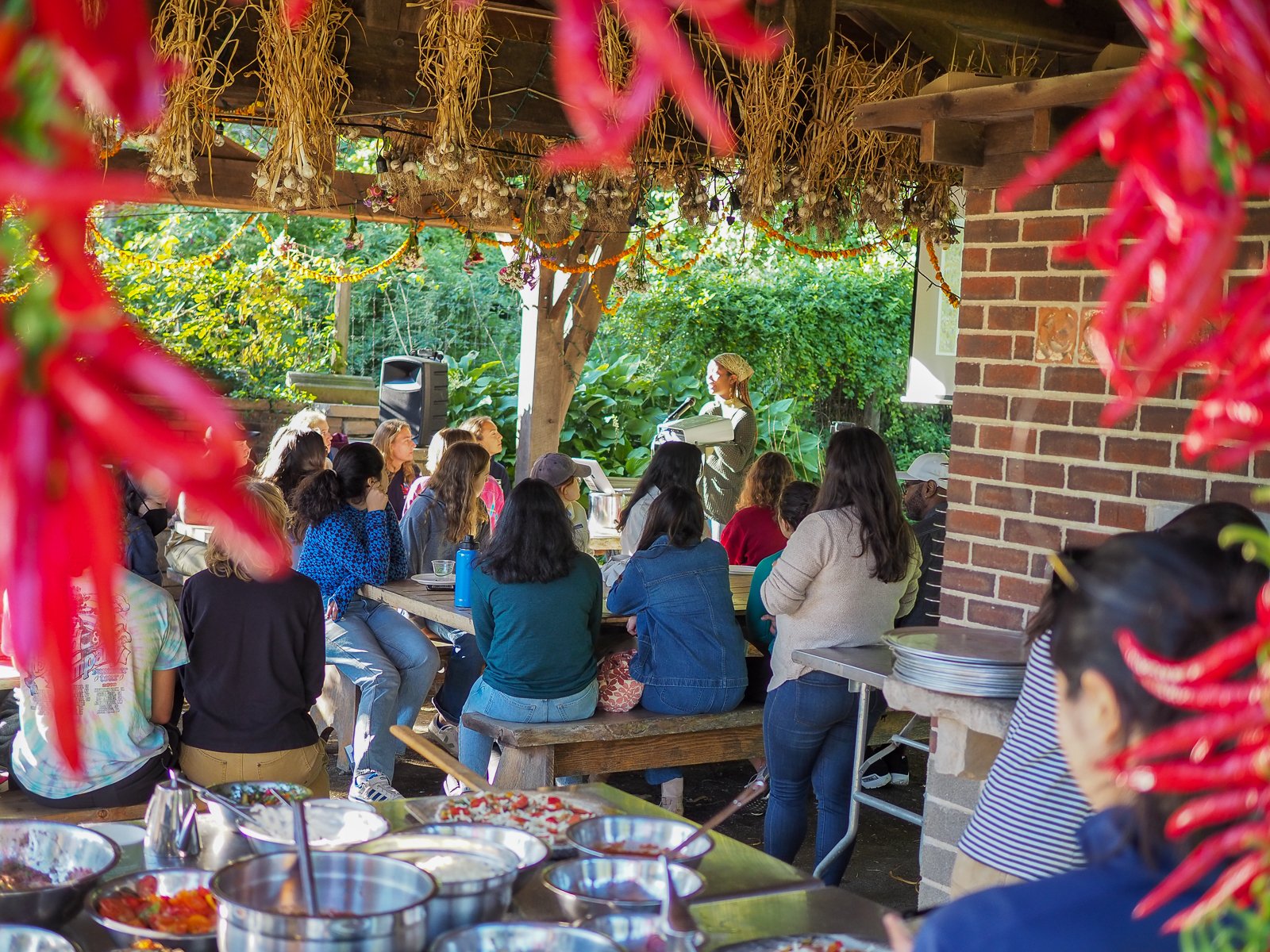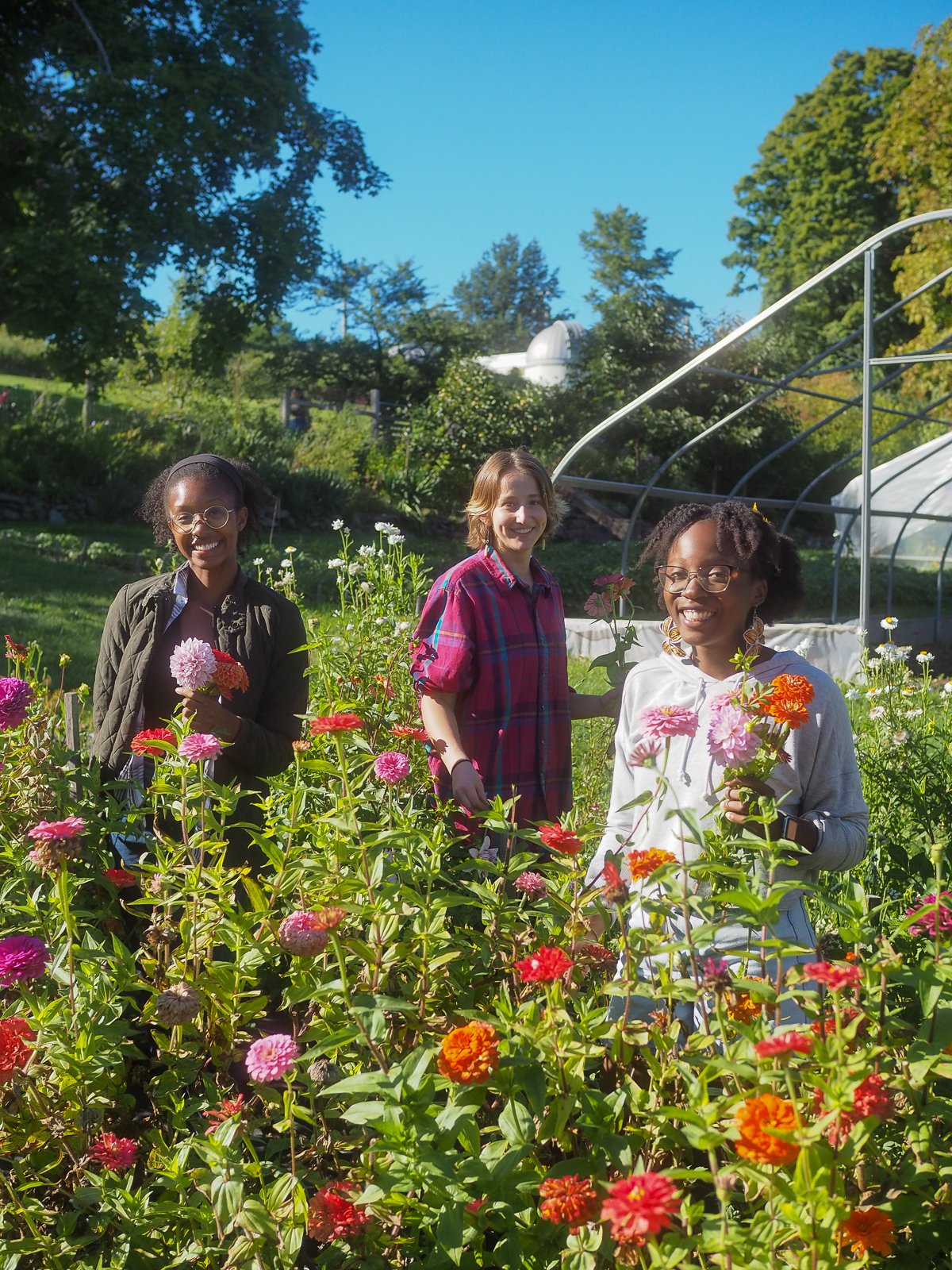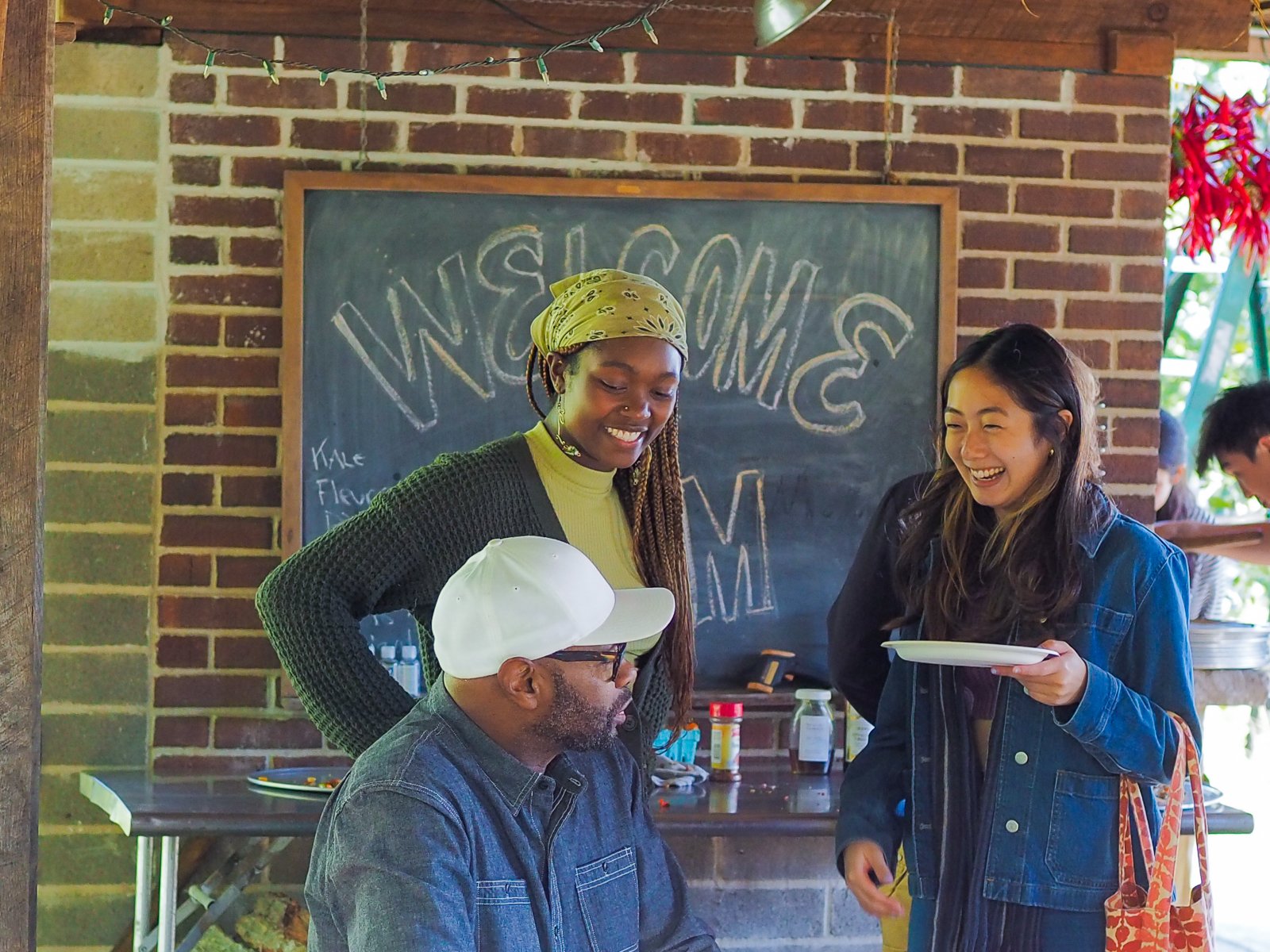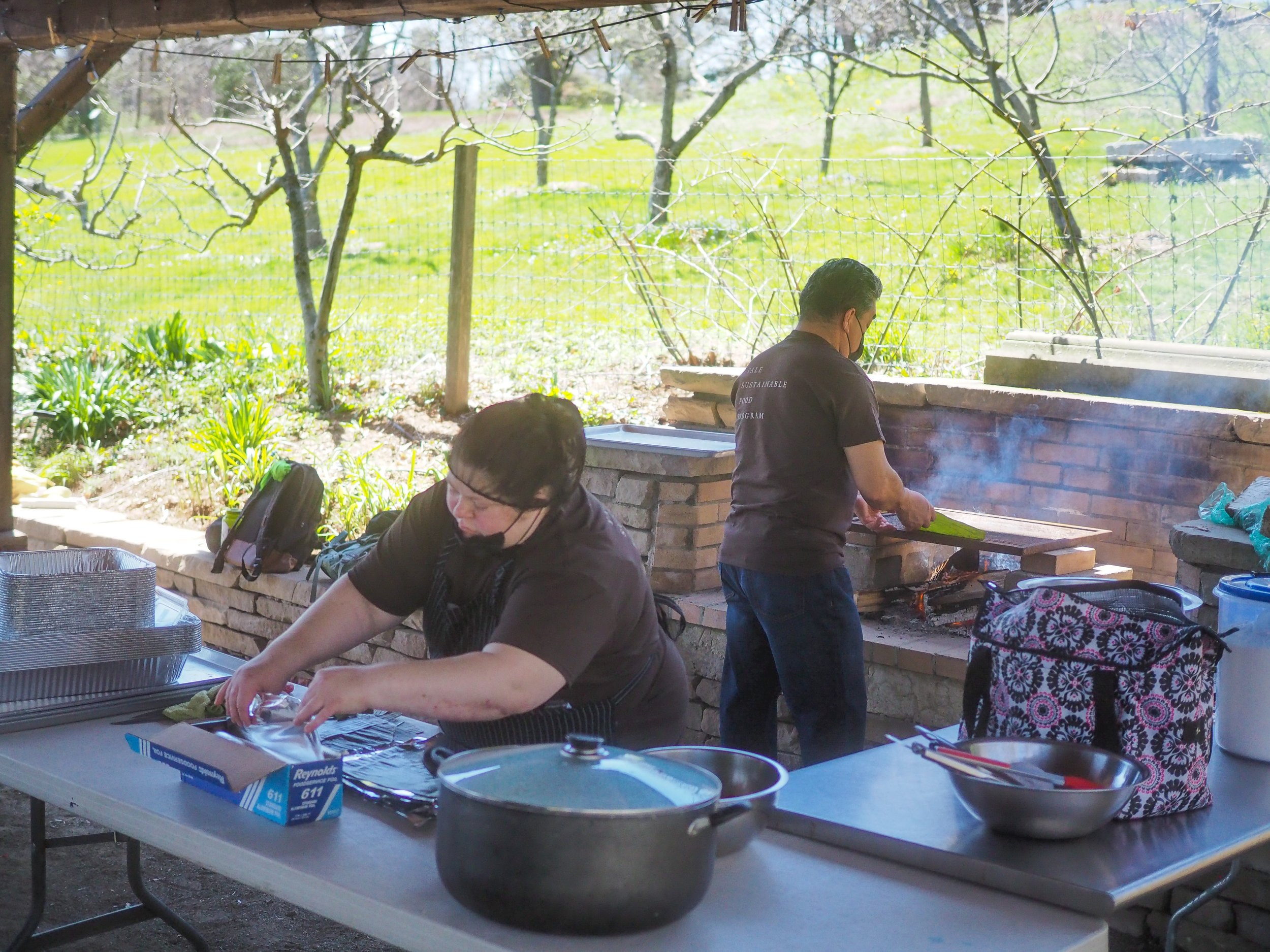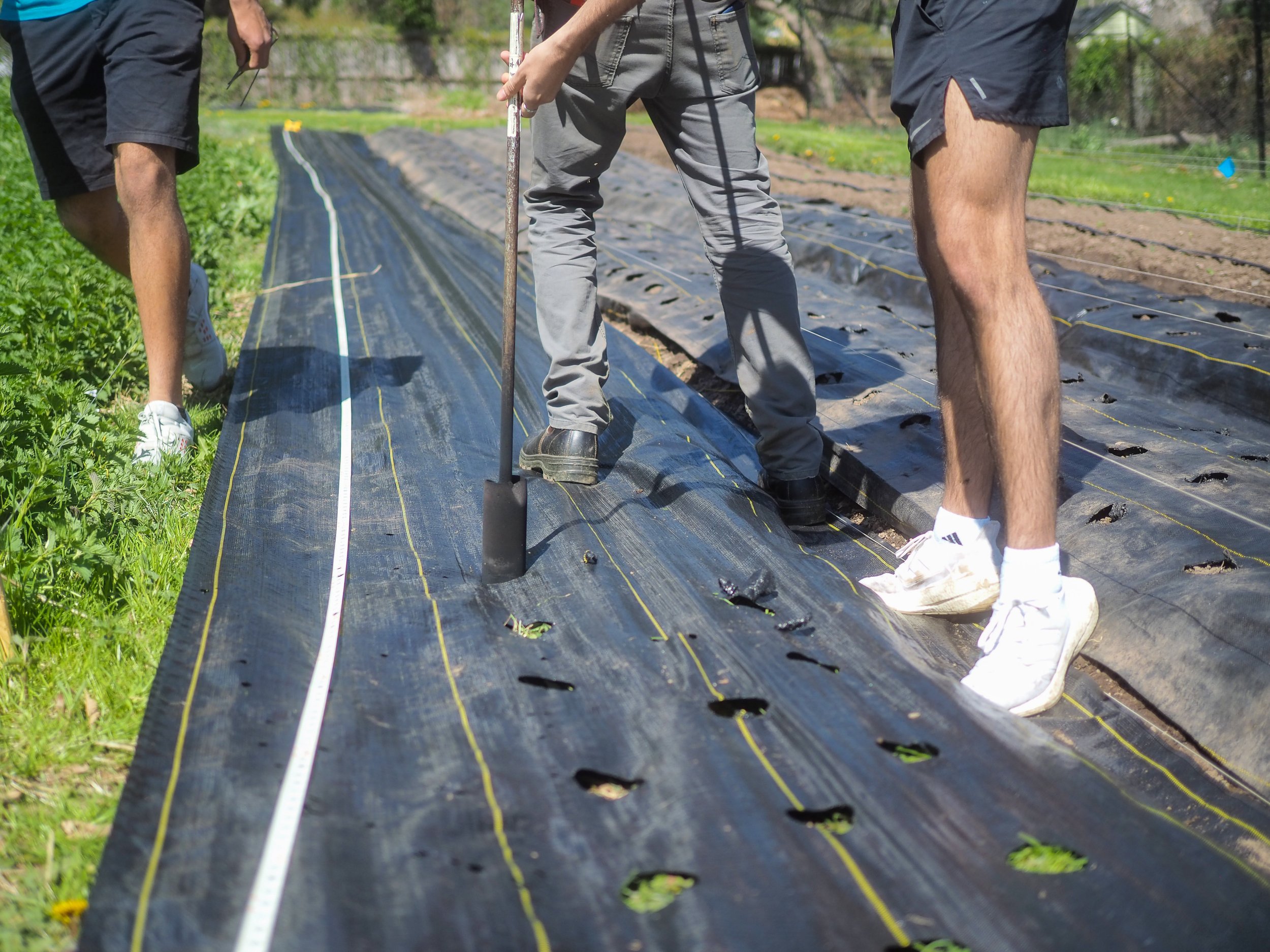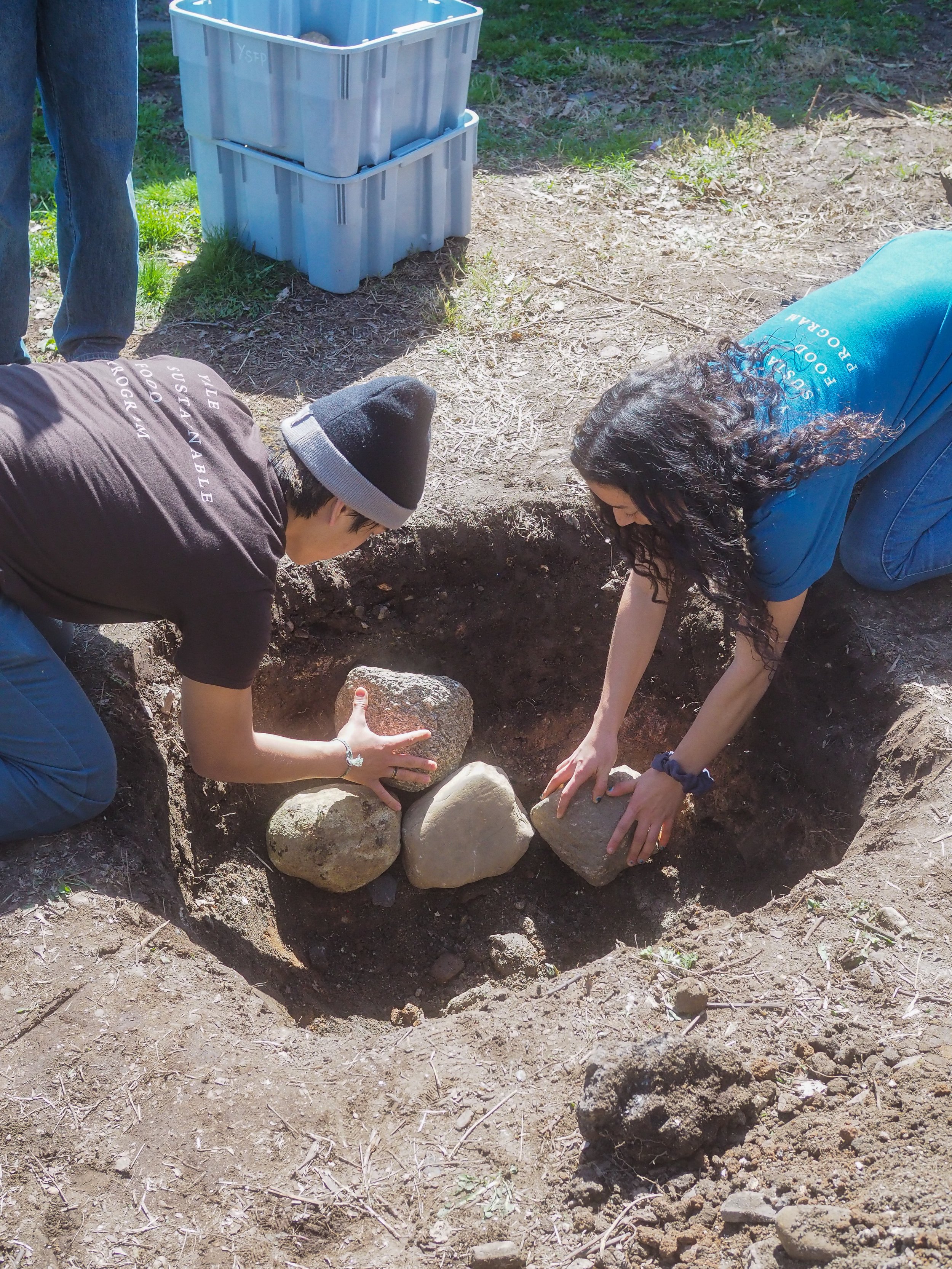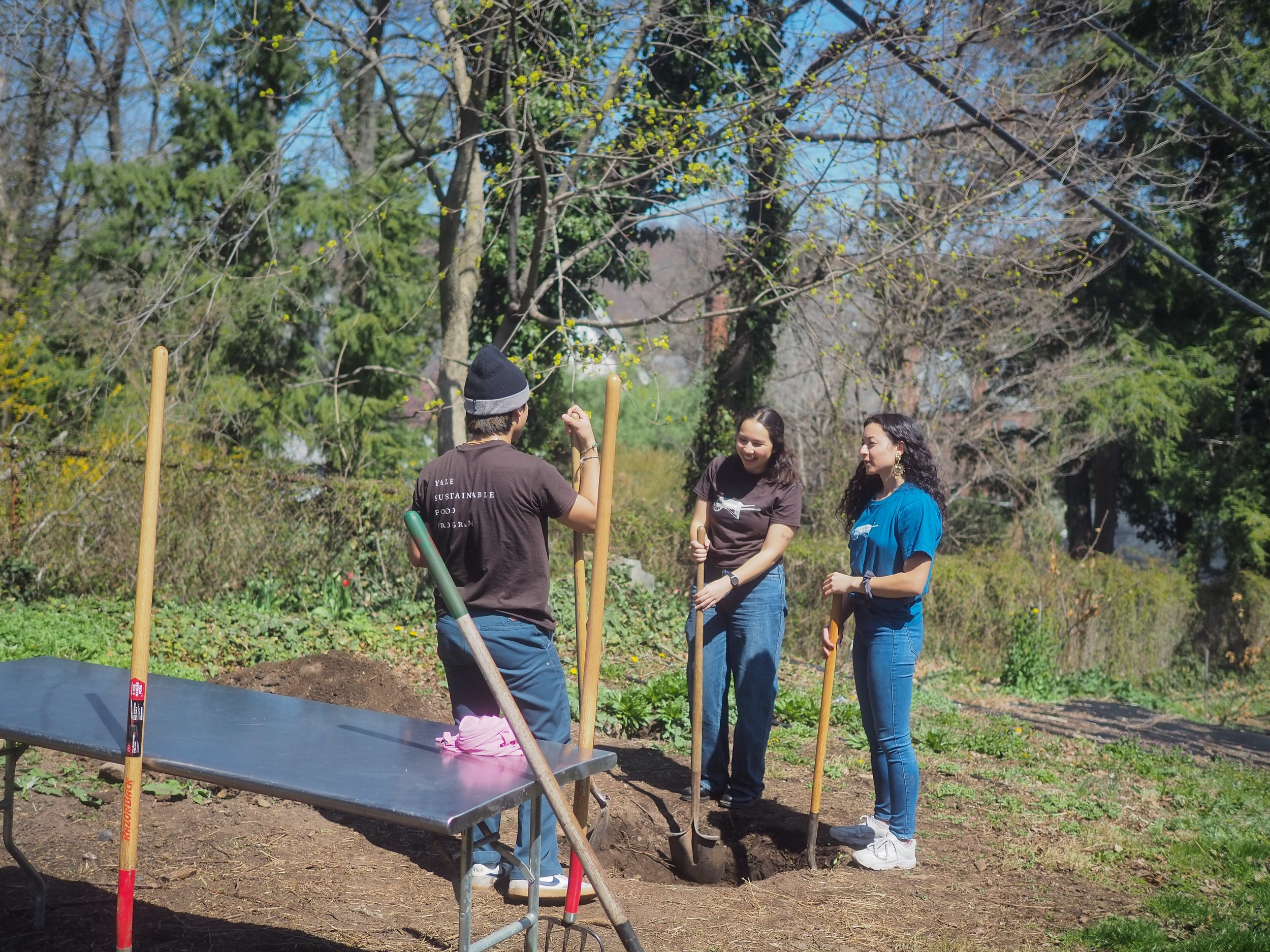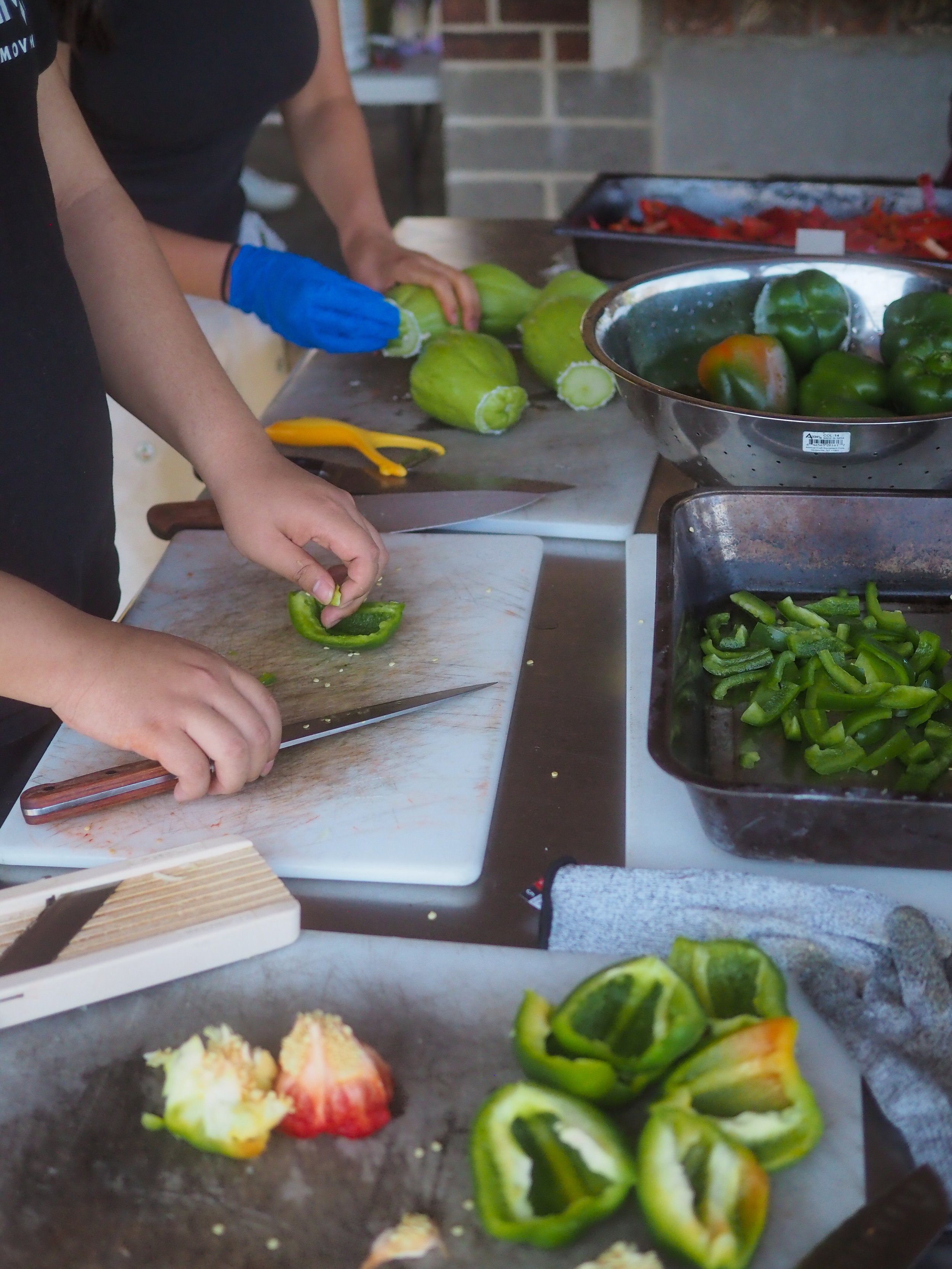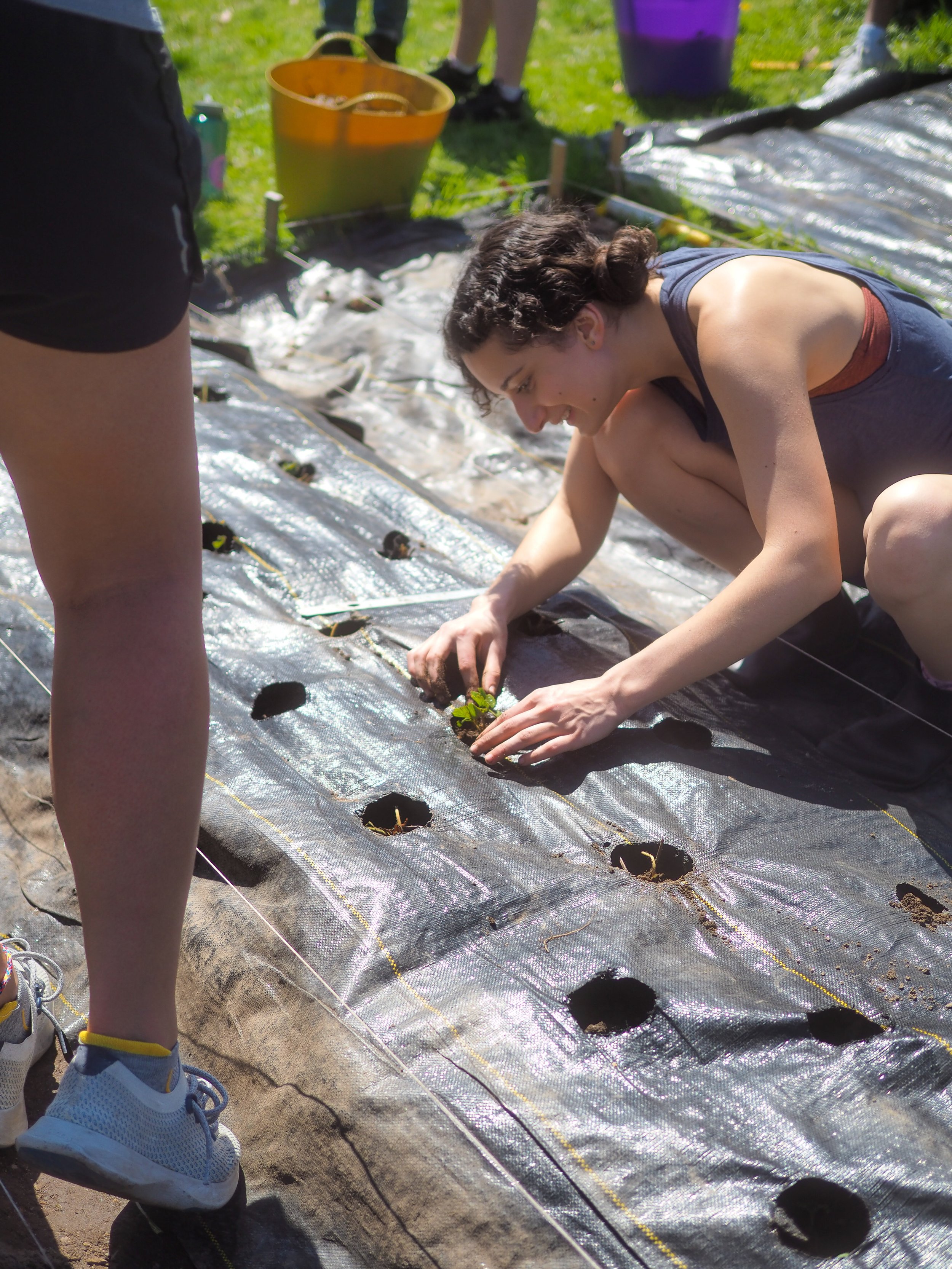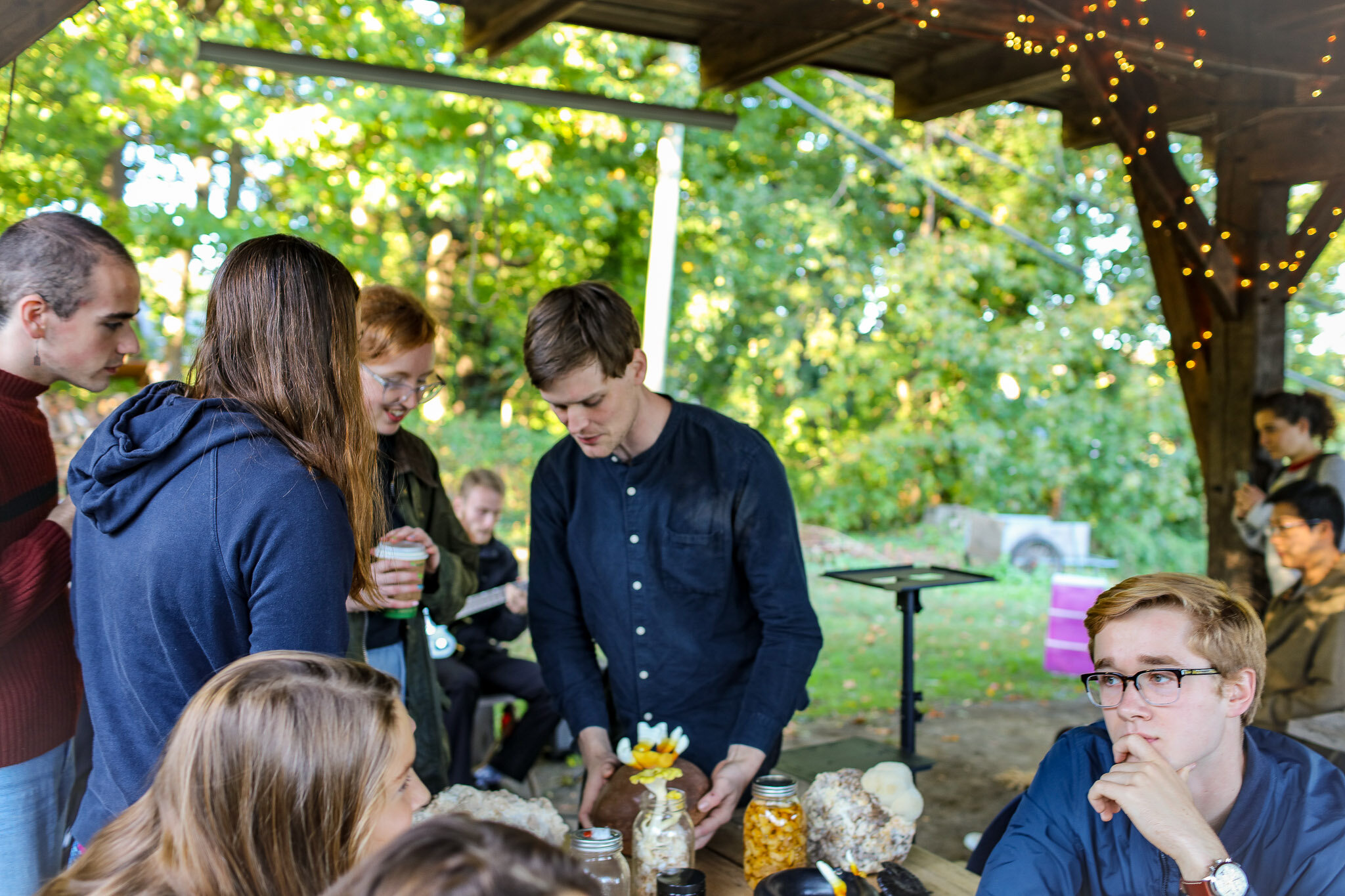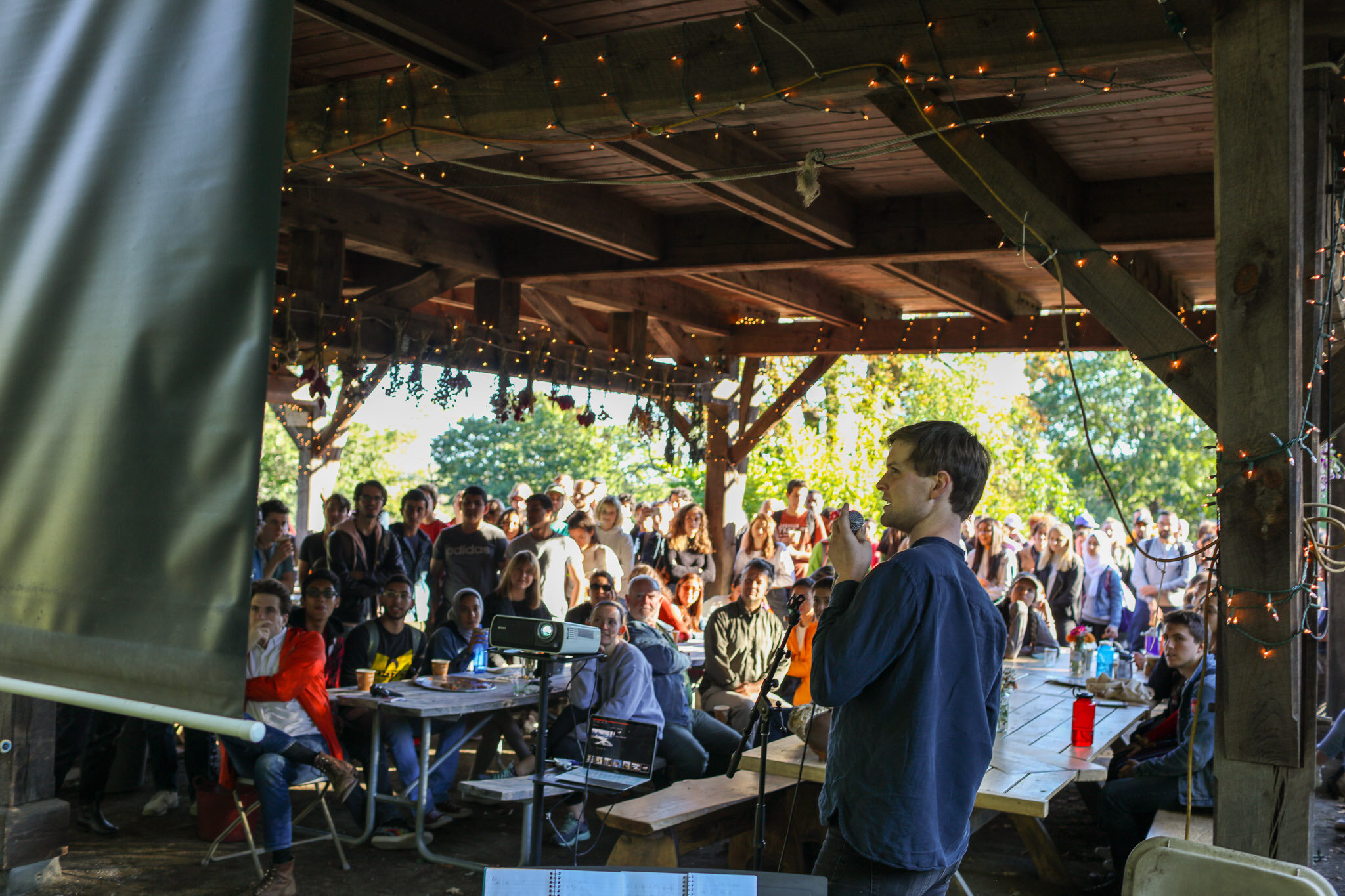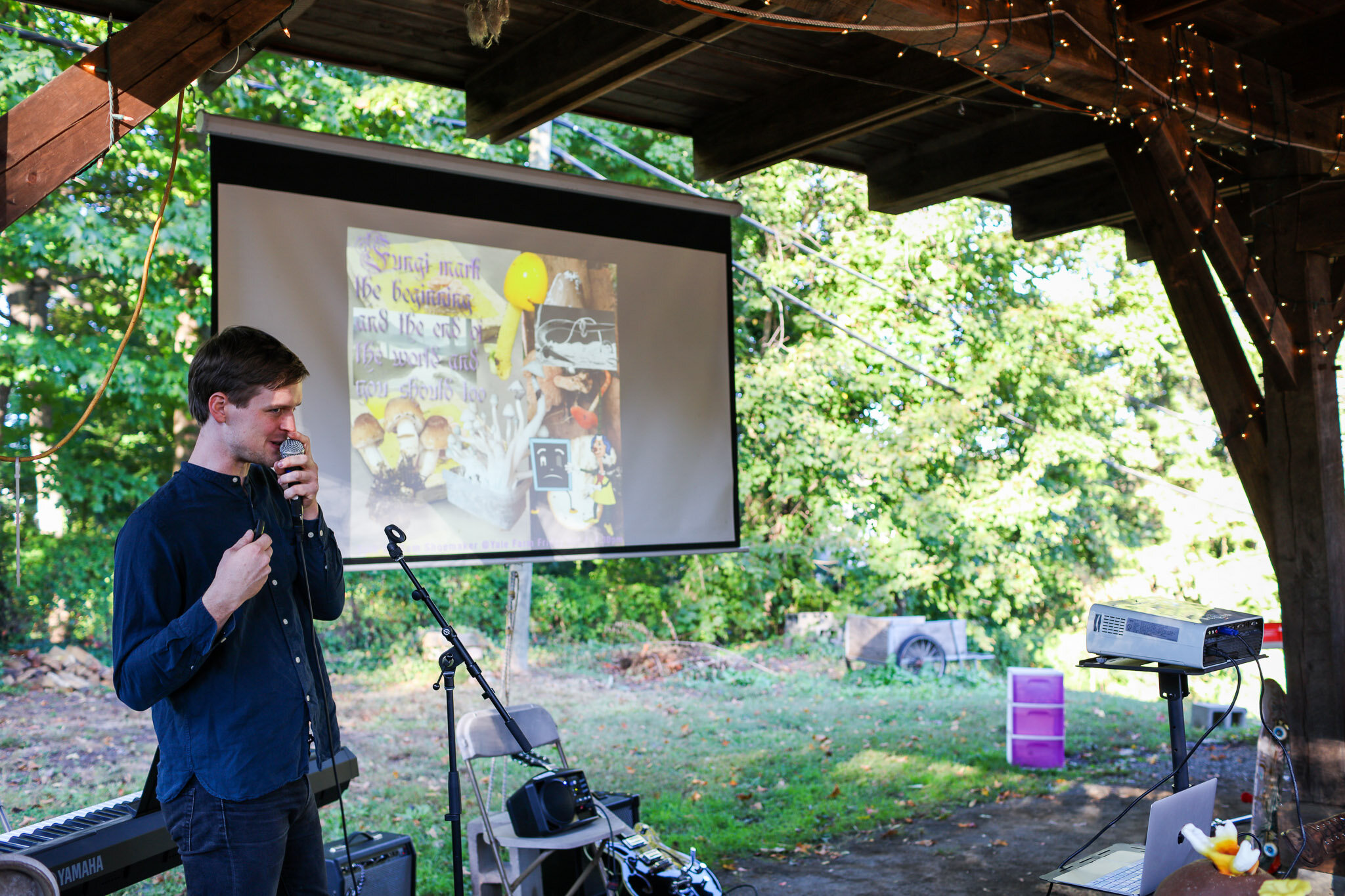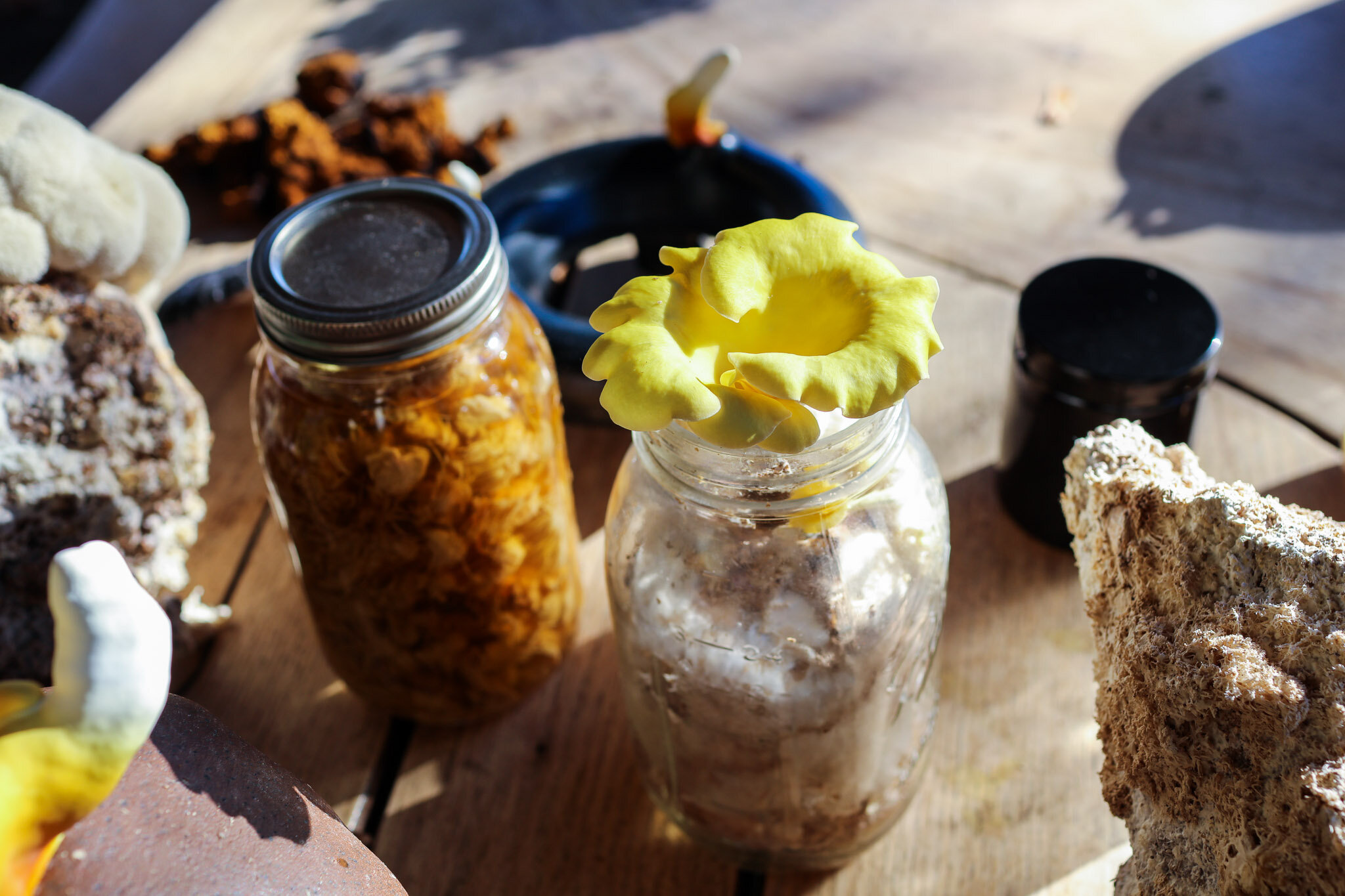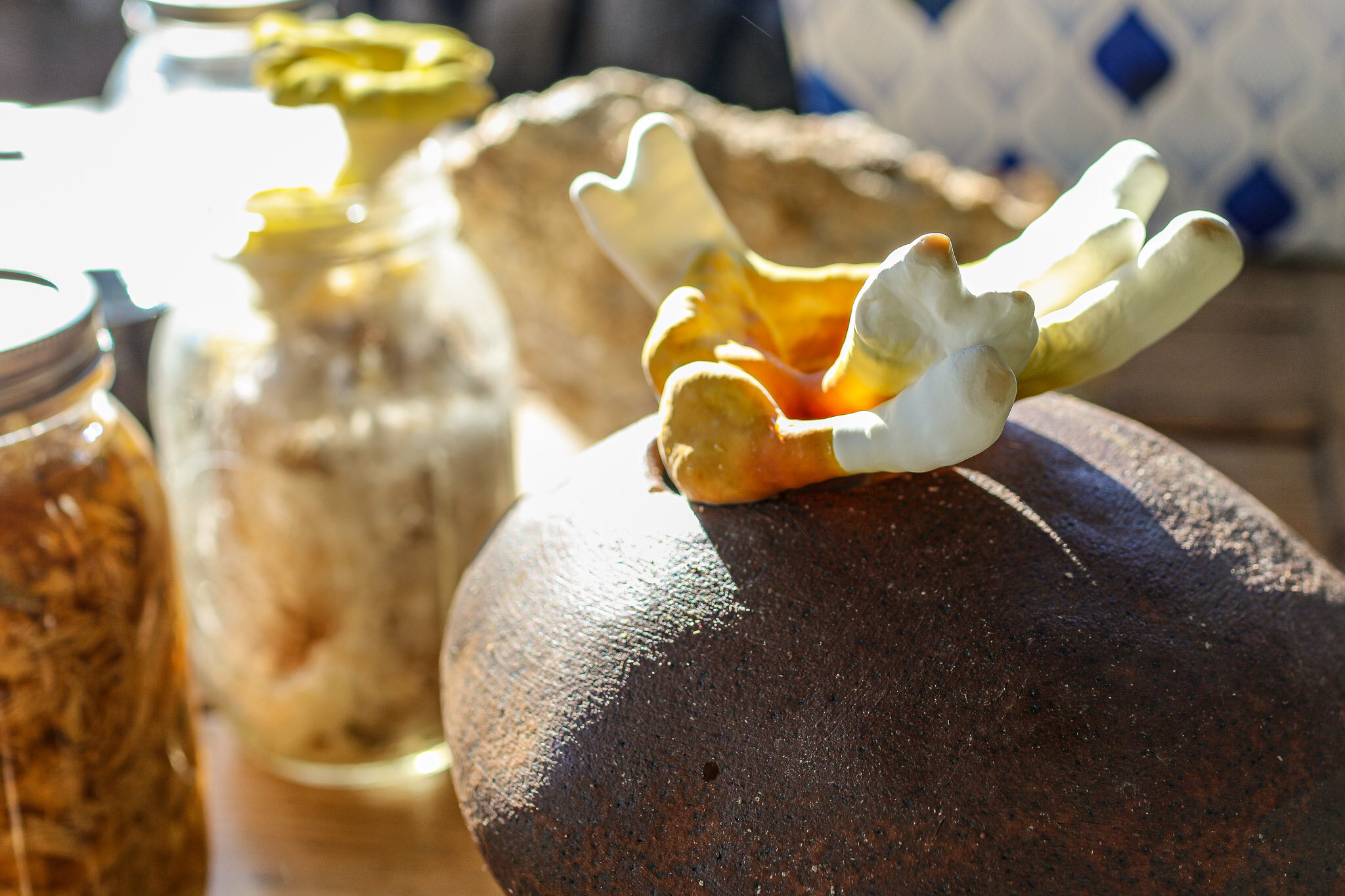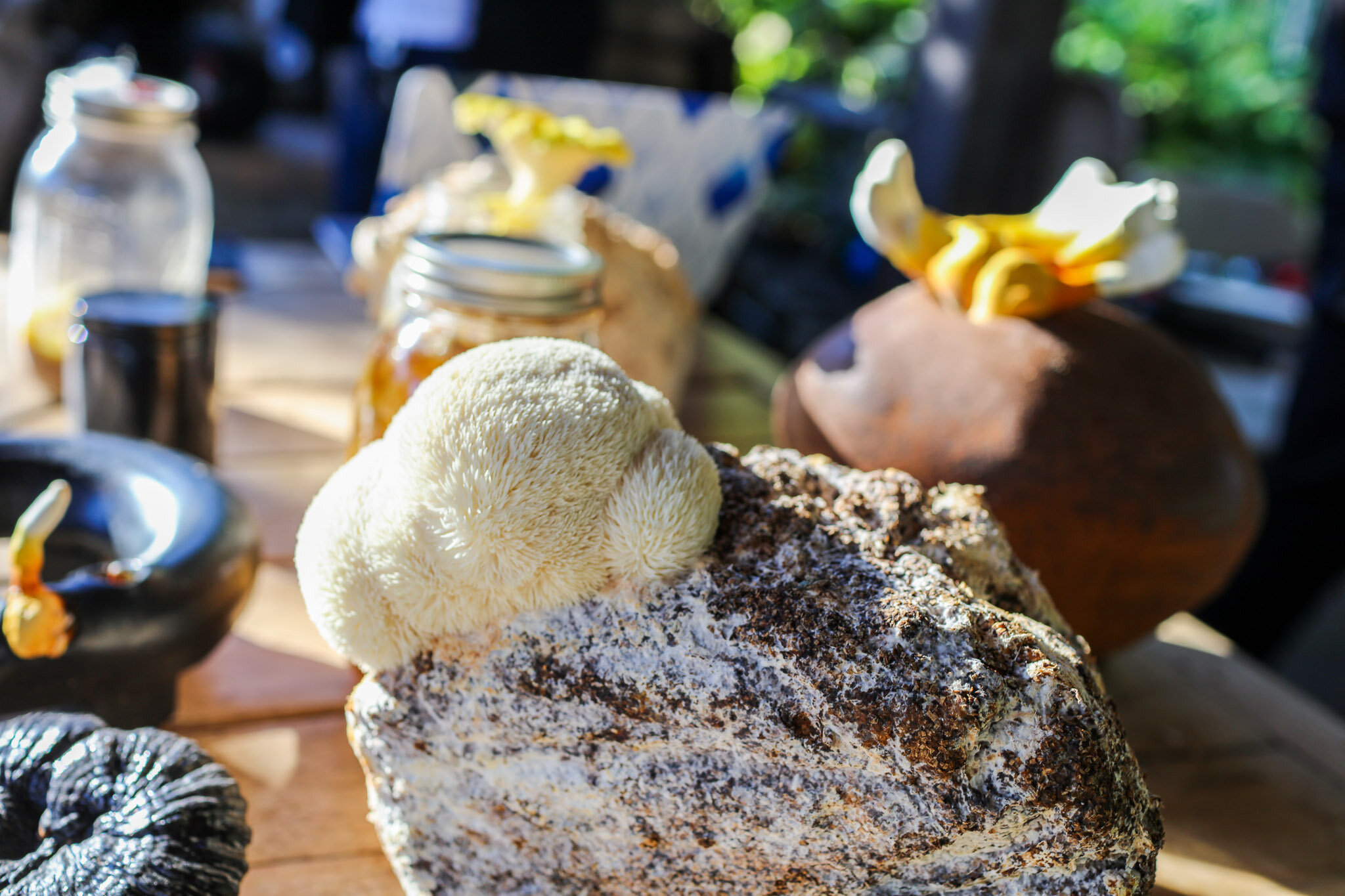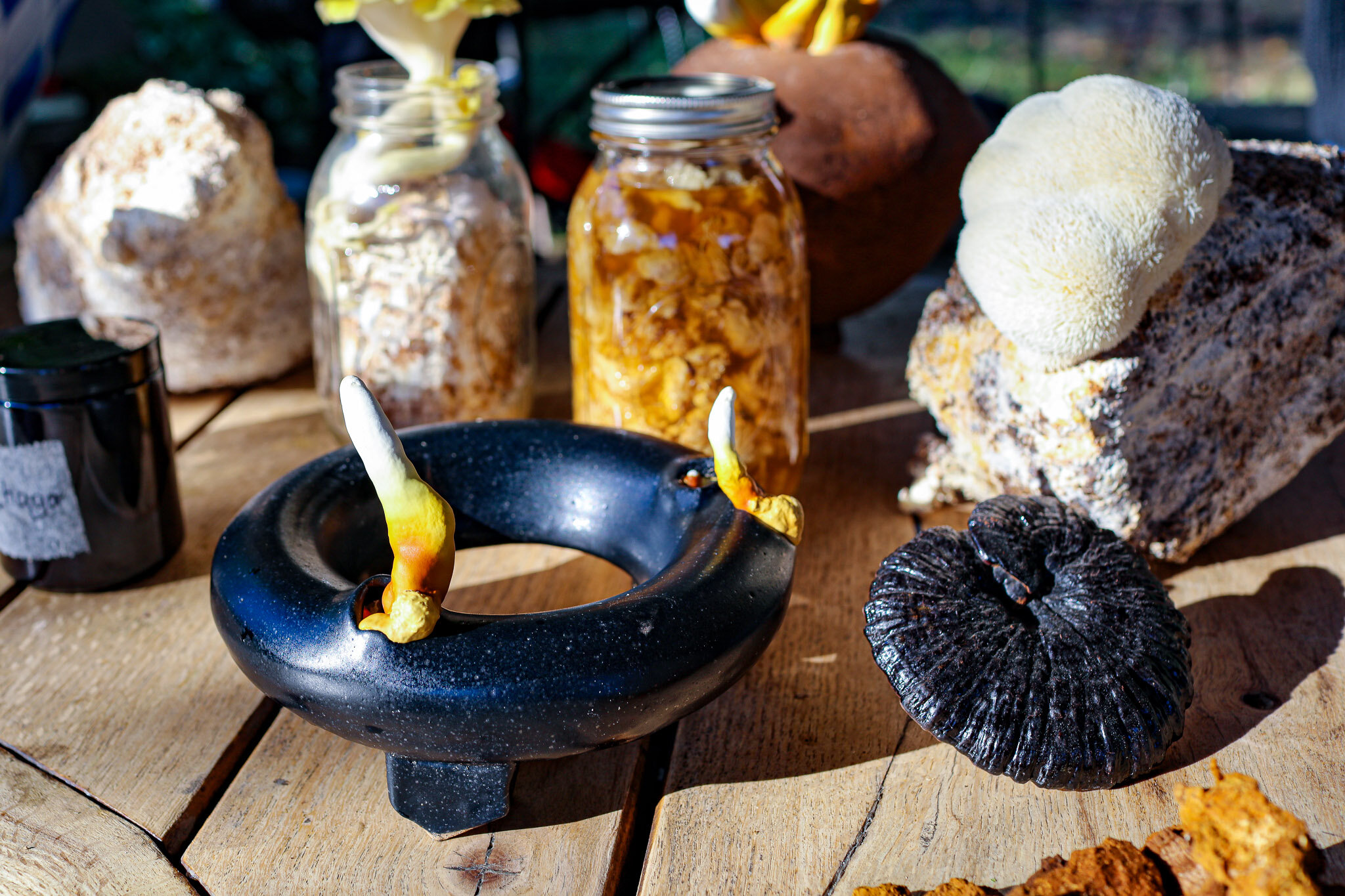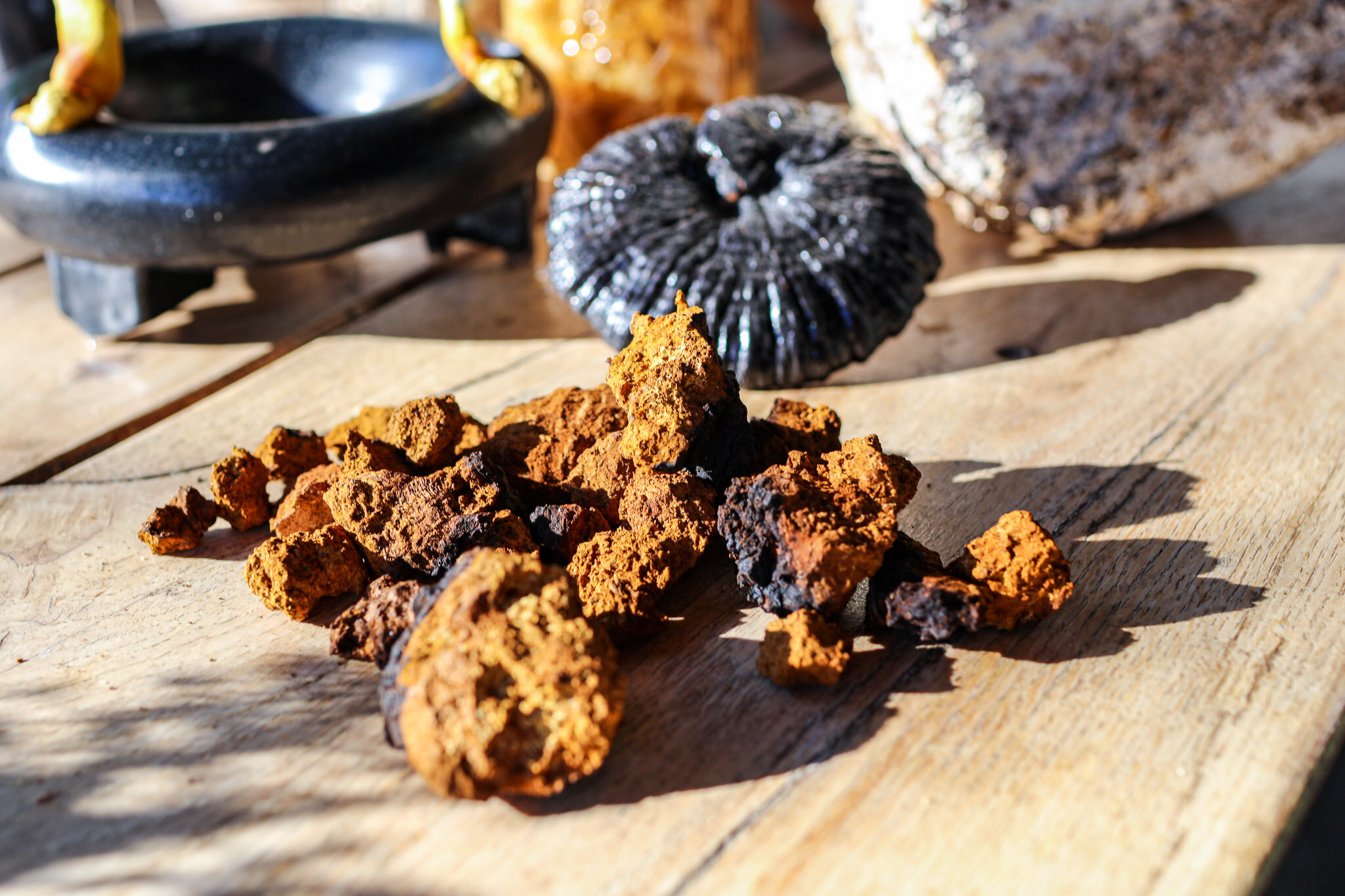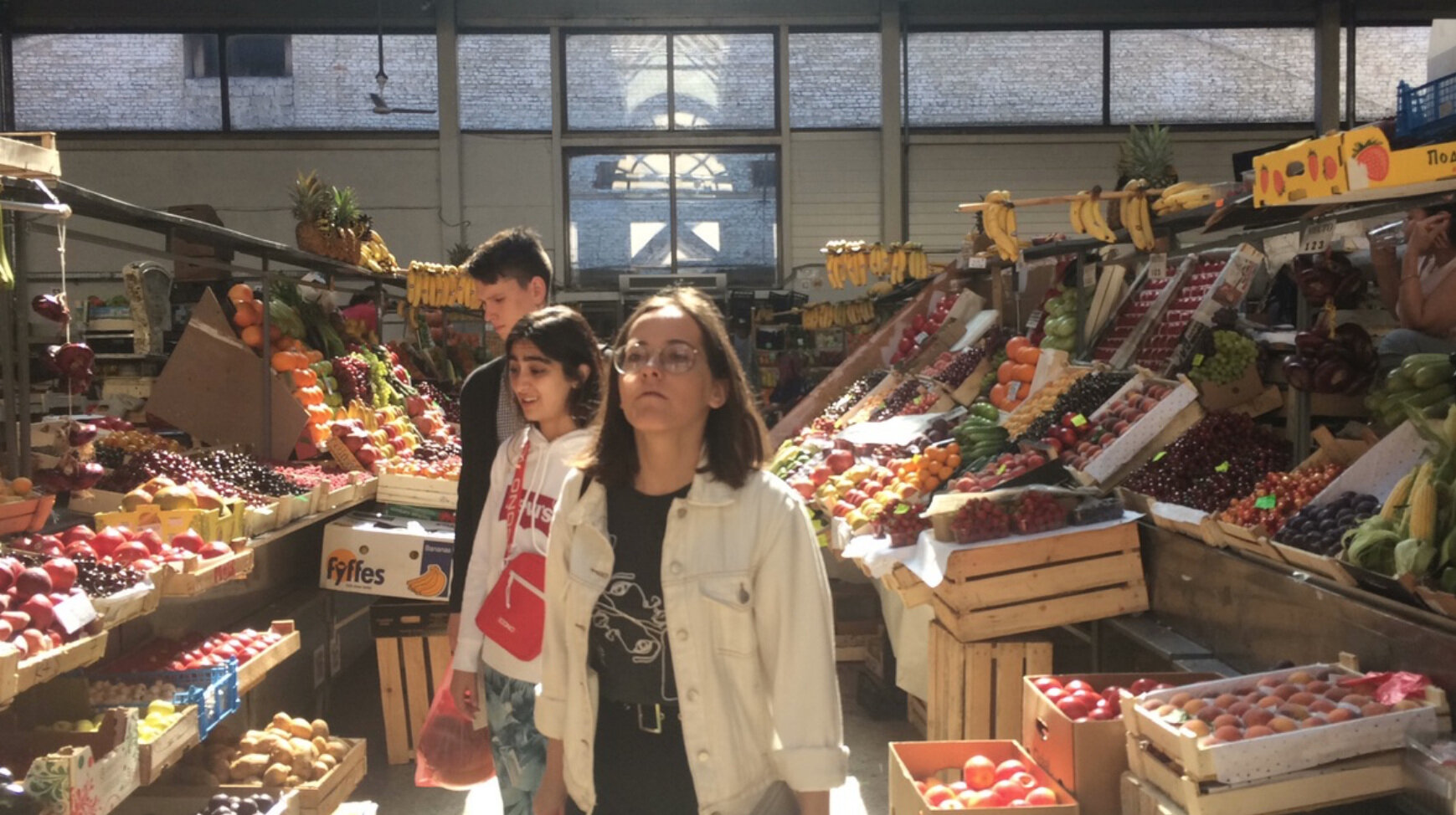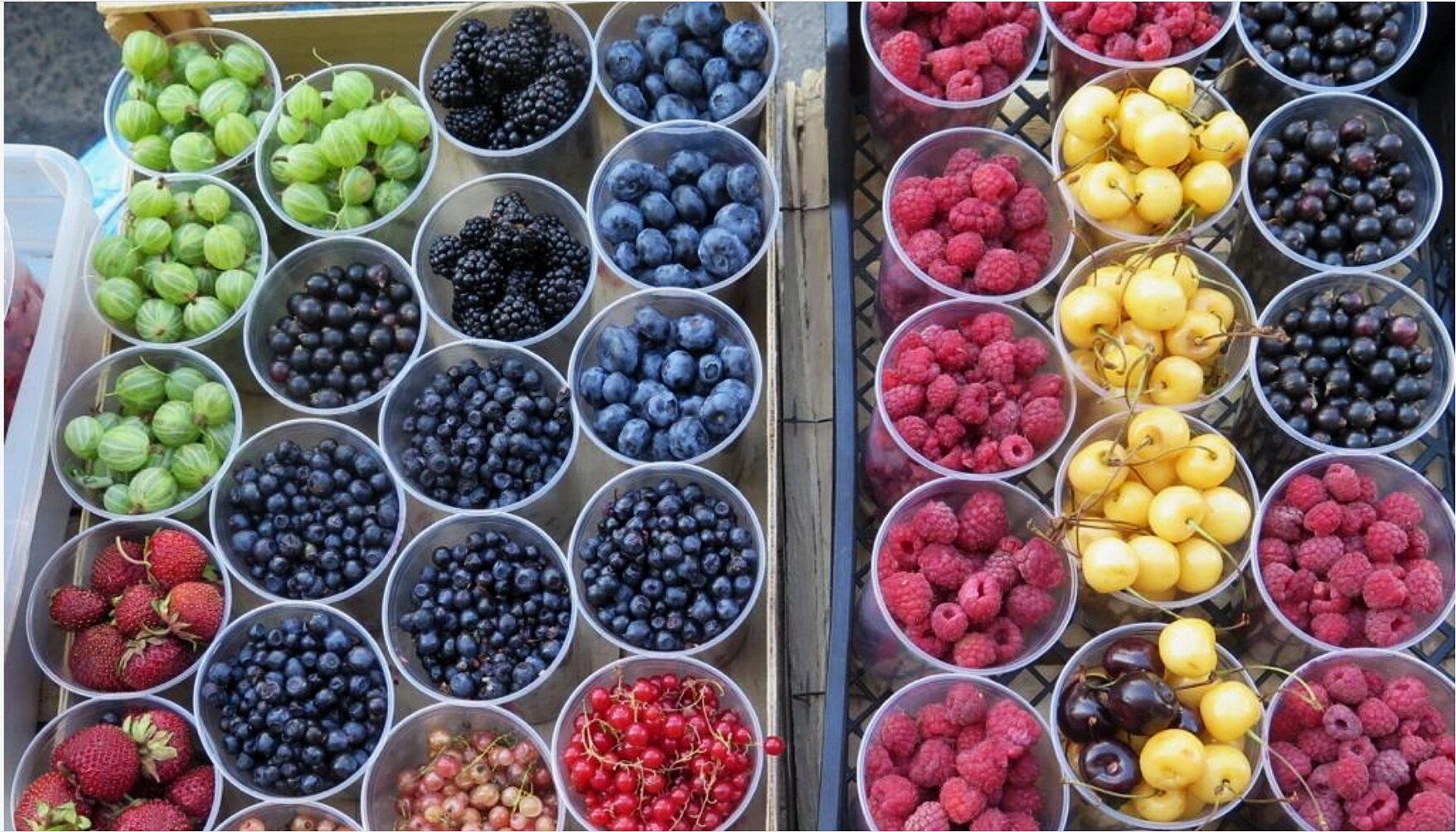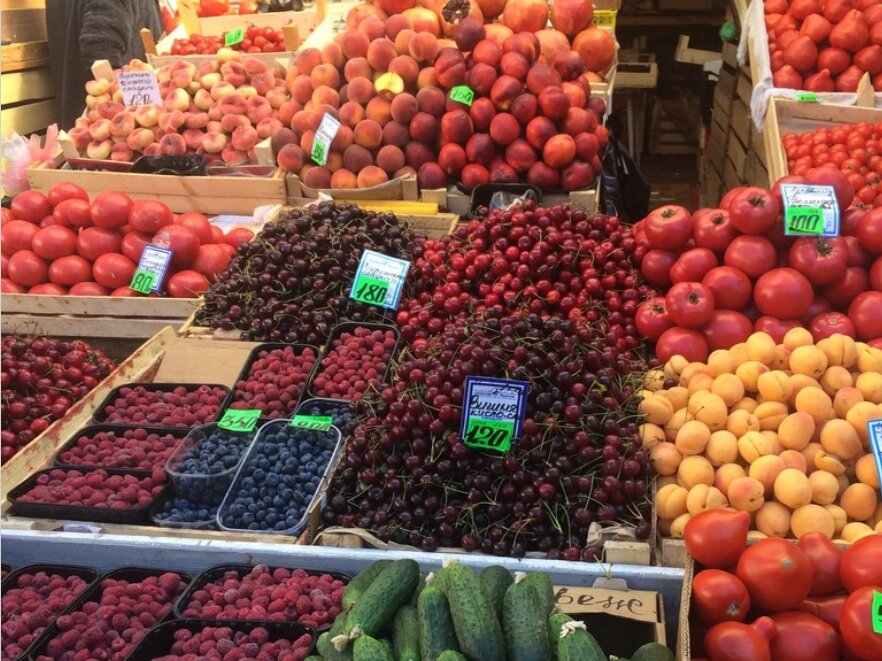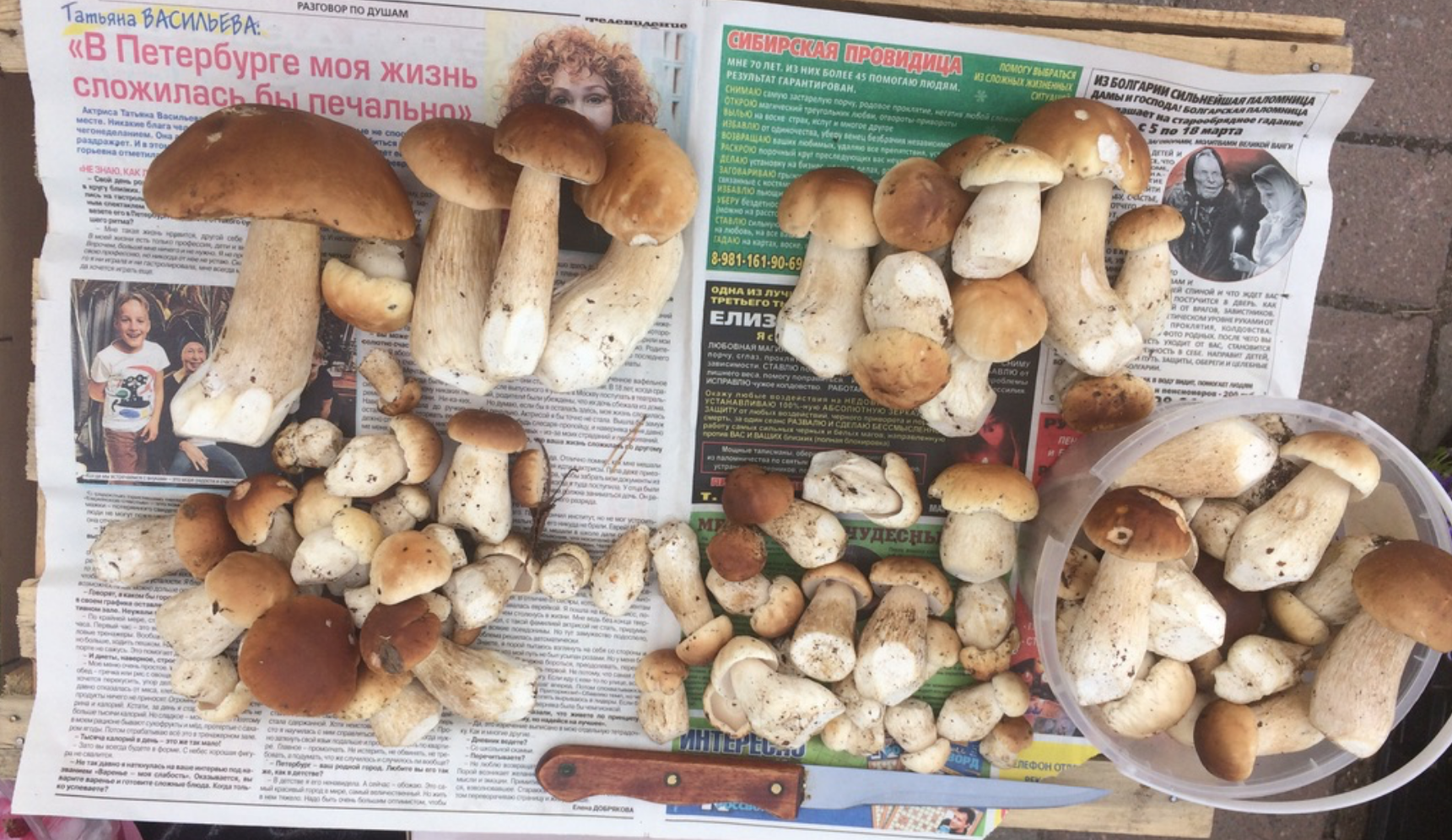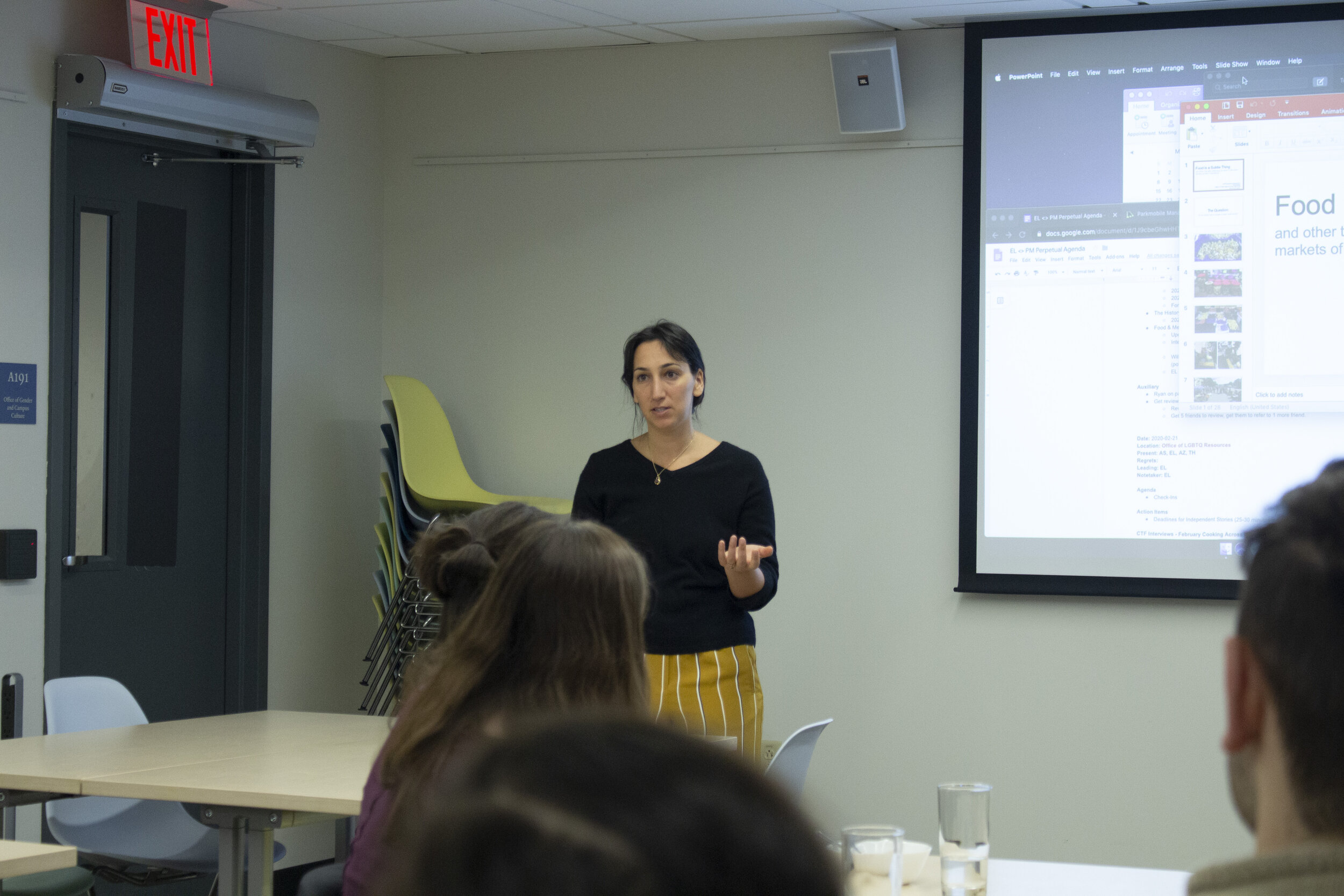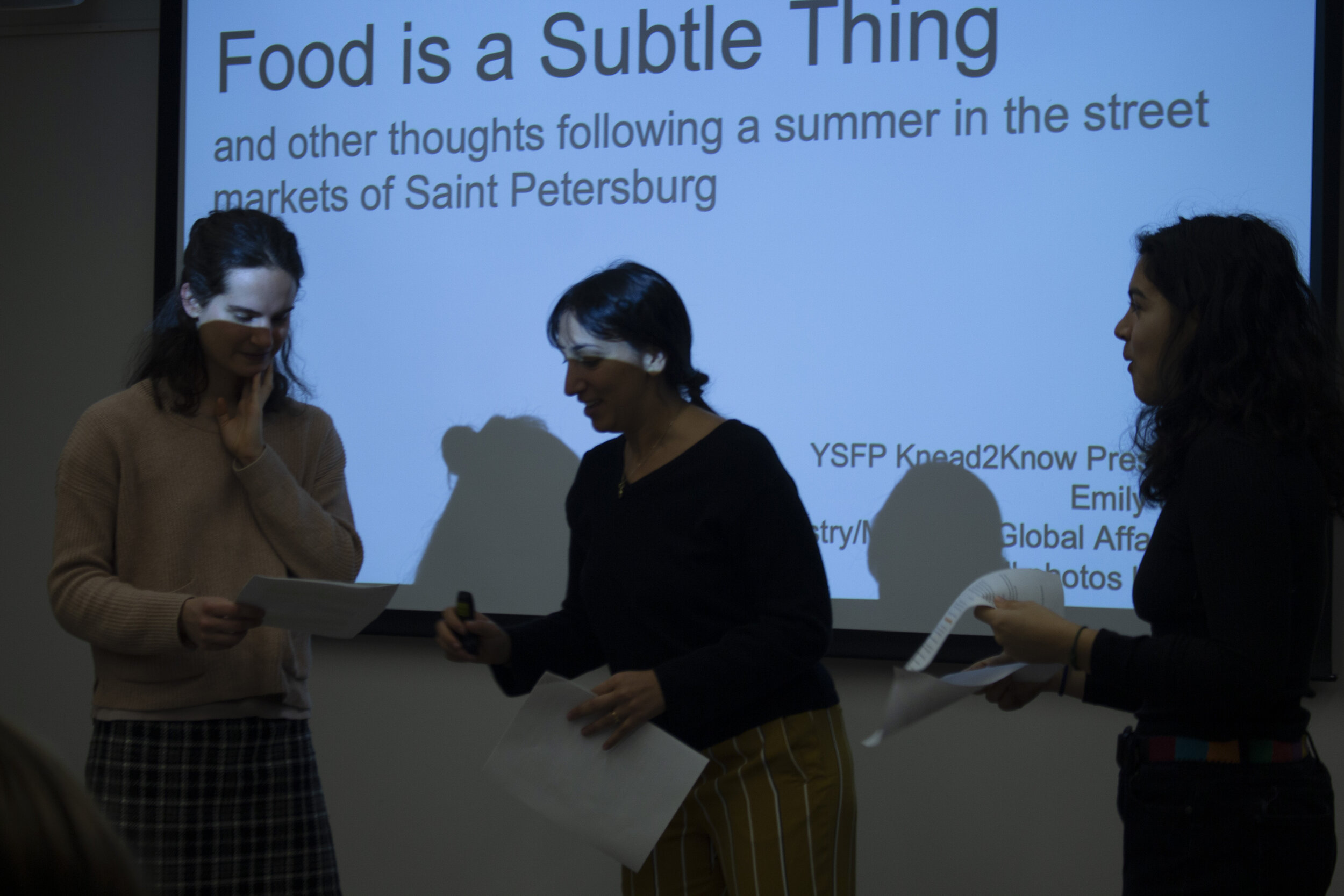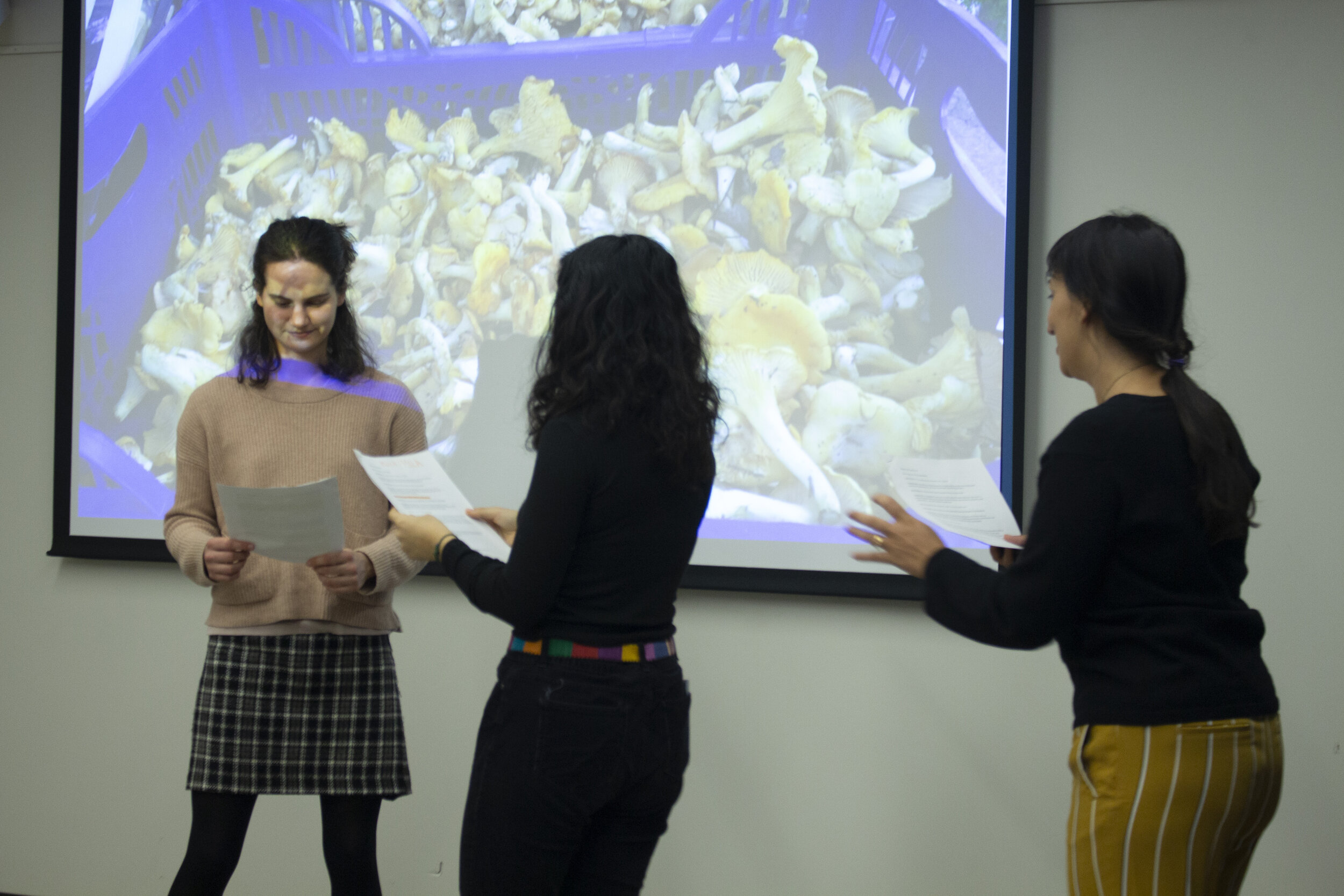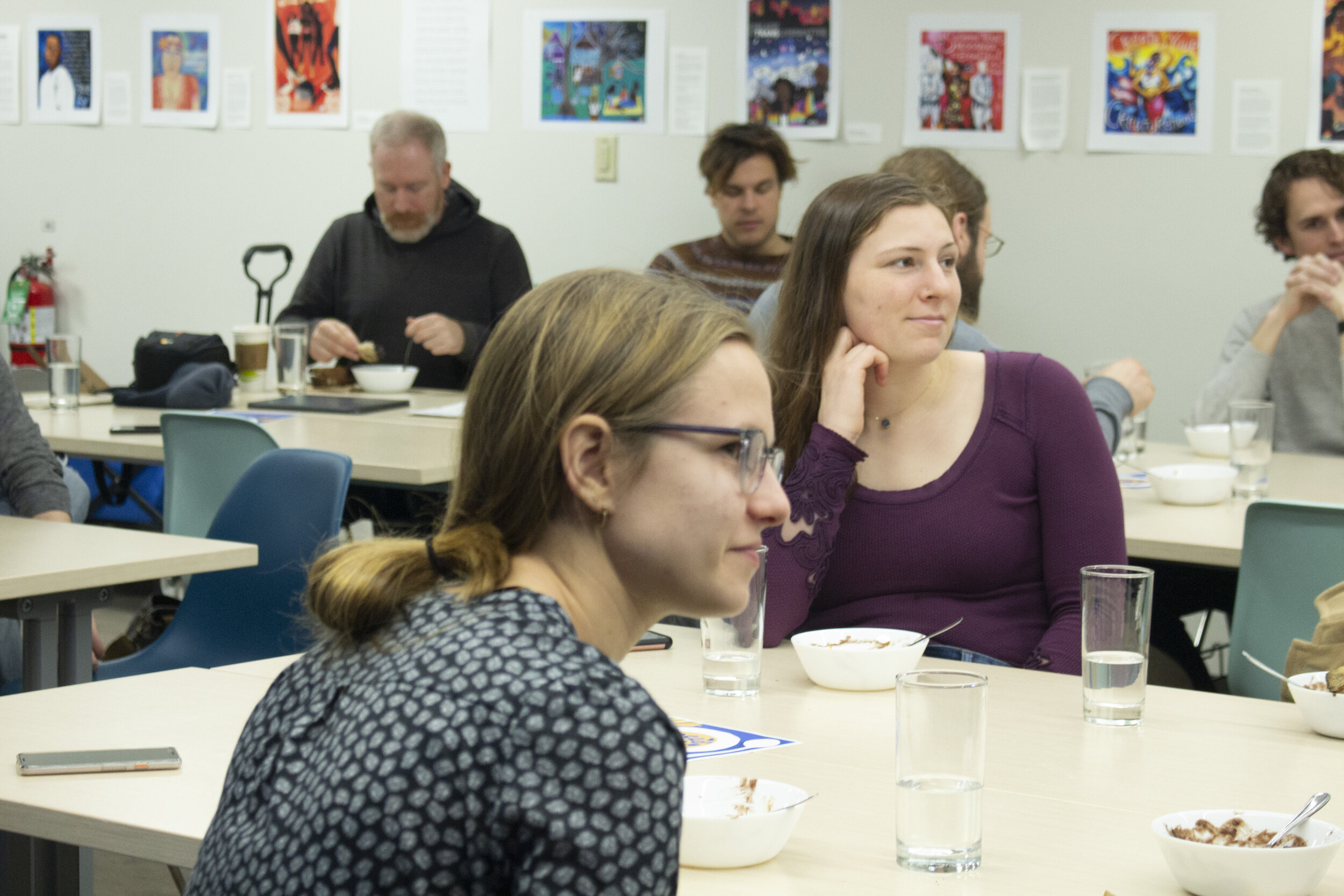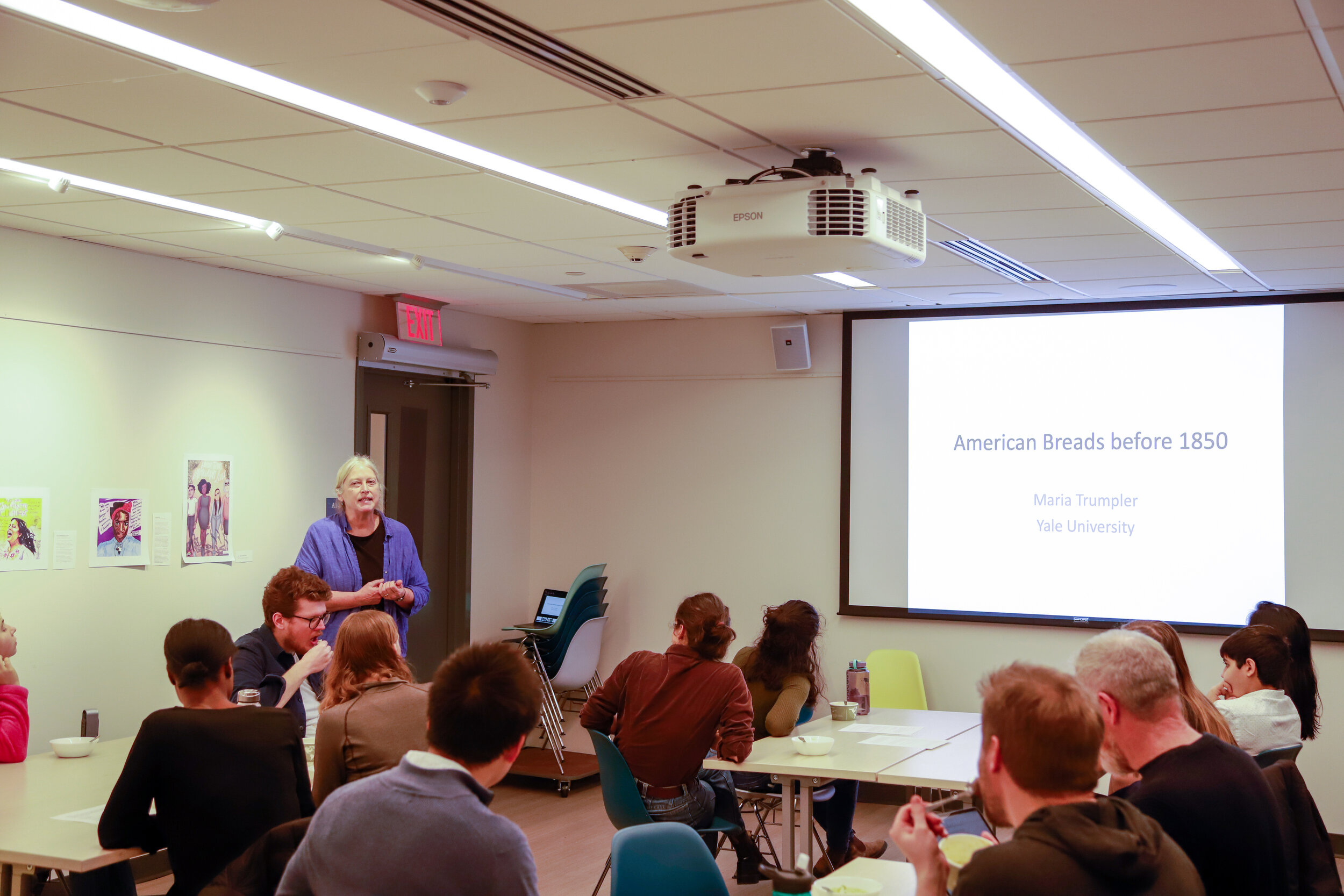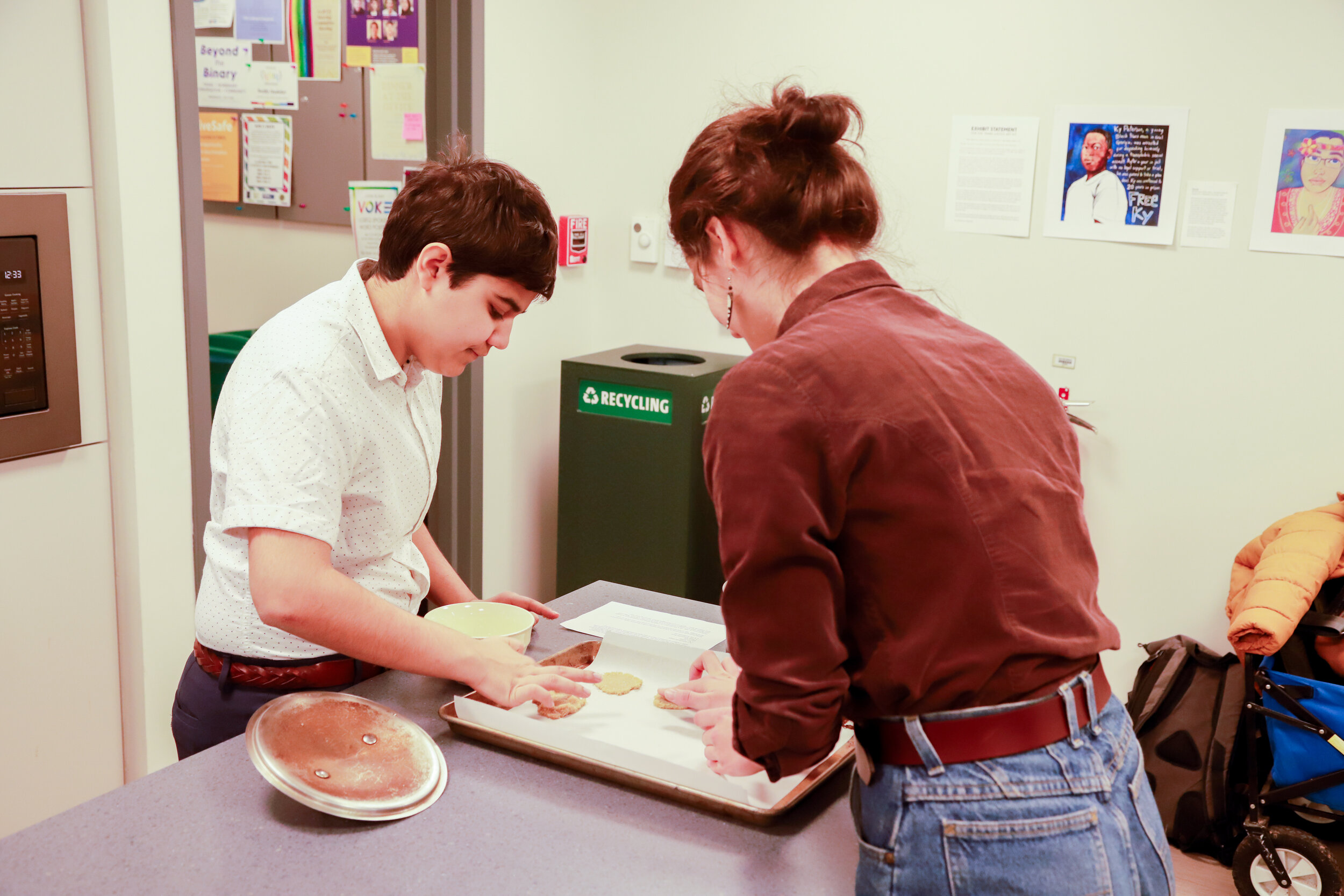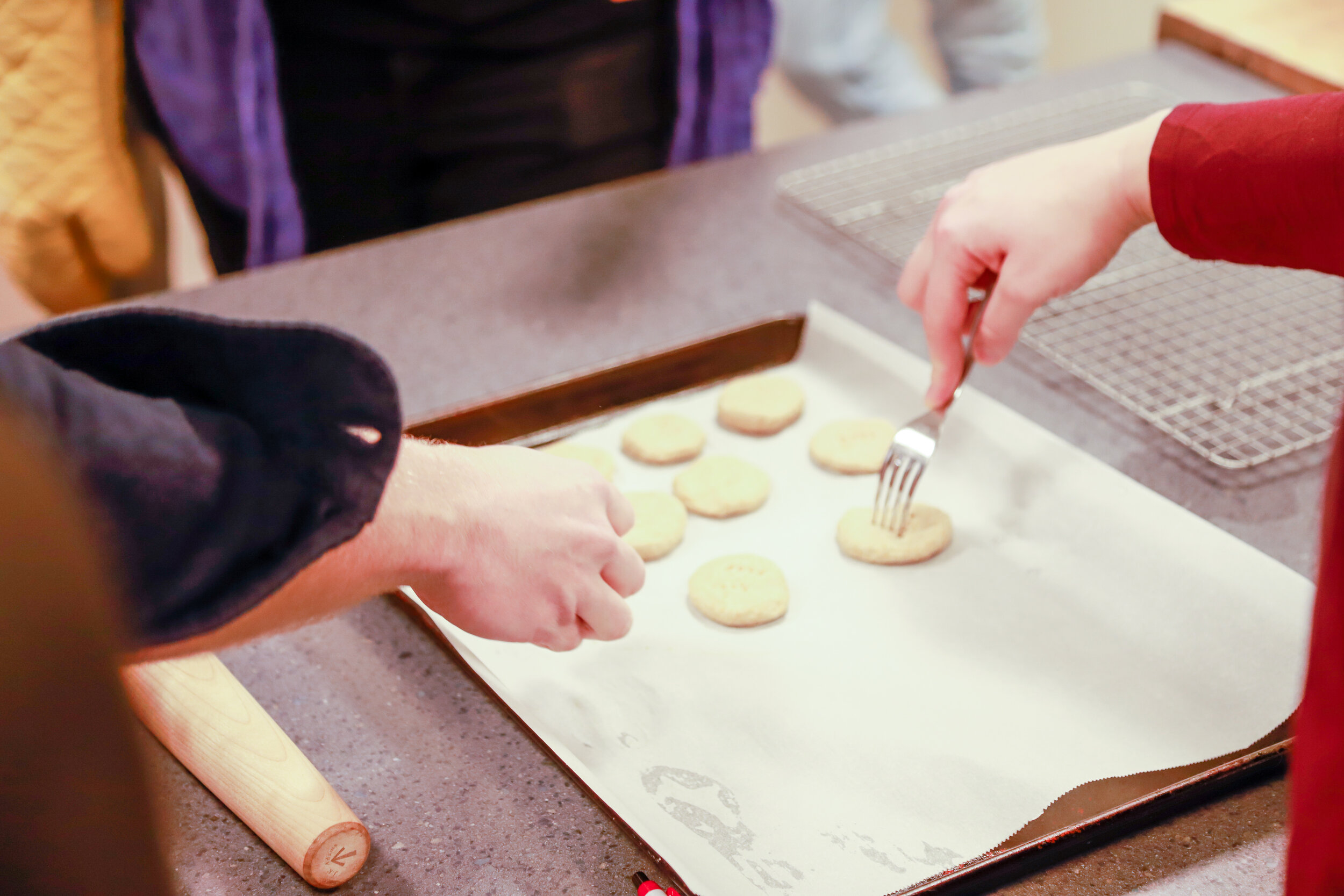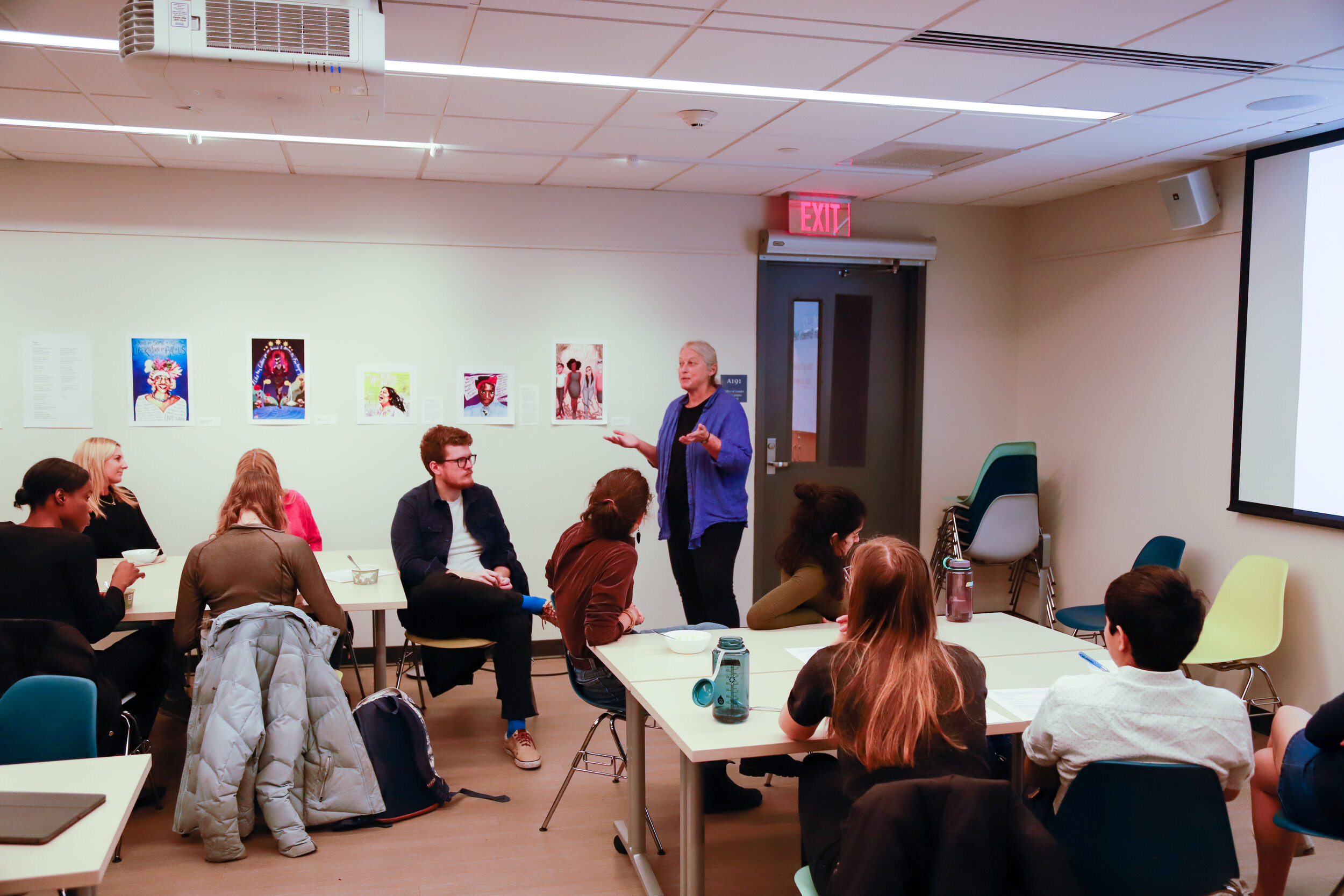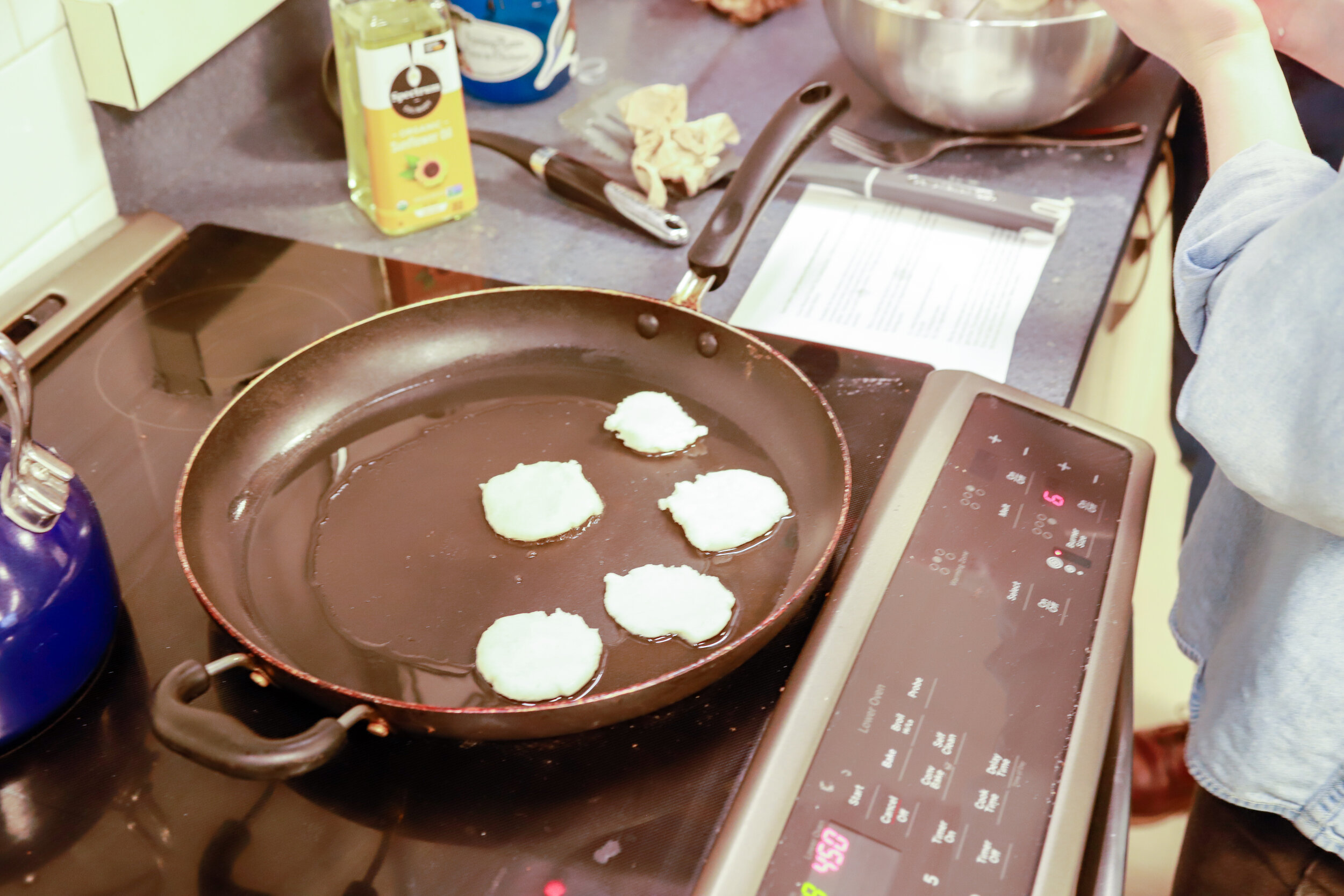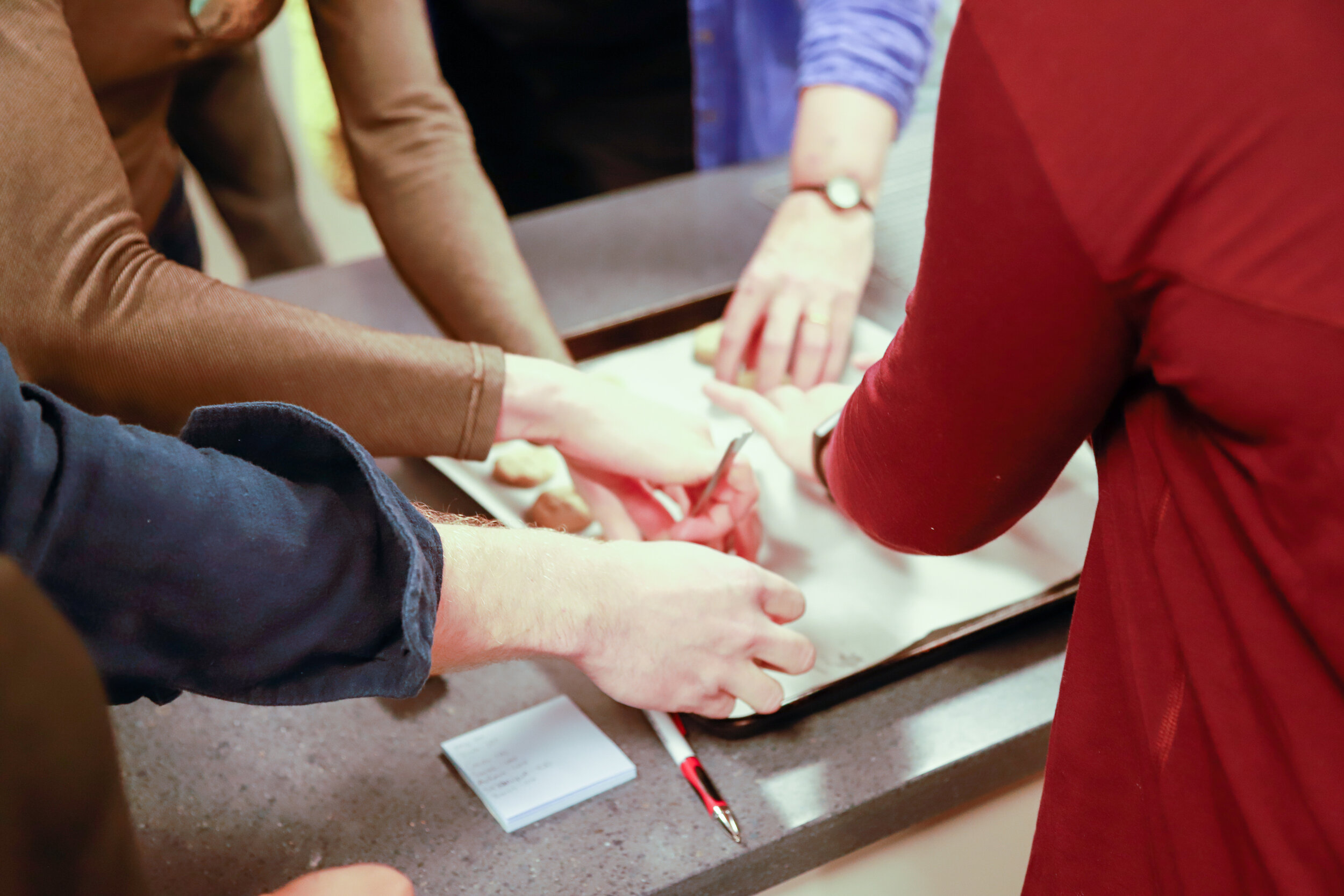NH: It sounds like there are a lot of ways this field can address the global state of the environment. What are some things that have been a bit challenging in your work, and what are you looking forward to?
SS: I’ve been very fortunate. I am finding my obsession and practice at a time when there's a lot of interest and support for people doing what I'm doing. I'm starting this mushroom farm in LA that doesn't have an official name yet, but I am more or less the only person who's attempting to do this in Southern California right now, which is still a big surprise to me. There's challenges with growing mushrooms, but I feel that I've been ushered to the front of the line because a lot of people want to do this and they don't know how to get access to fresh, locally grown mushrooms.
I would say the biggest challenge is learning to scale that up. Mushrooms are still very mysterious to me and I'm still getting experience on how to grow them at a much larger scale than what I'm used to. My small studio projects are very different from trying to produce 100 pounds of fresh mushrooms for farmers’ markets every week. Another thing is if I let my space get dirty; I have this lab, and I have to mop the floor every day and scrub the surfaces with bleach, alcohol, and peroxide. I've become very knowledgeable about my cleaning routines, and I haven't been known to be somebody that mops every day. I’m kind of paranoid because I'm creating these ideal environments for fungi and molds to grow, but I need the mushrooms to grow. Not mold. In order to do that I can't go in there being sweaty and covered in bacteria and BO. I need to be in there squeaky clean with bleached clothes on, and then do my work very, very carefully.
I want to do everything fast and loose because I have an artist brain. In art school, they just tell you, ‘you can do anything you want, there are no rules.’ With mushrooms, there are rules.
NH: Can you walk me through the process of growing mushrooms?
SS: Mushrooms don't grow from seeds. The caps of most mushrooms will drop spores. I have worked with other laboratories that produce commercially viable, high-performing strains of mushrooms, which get brought on a petri dish of agar. A wedge of that will get moved to more agar so I can keep replicating this strong mushroom culture. Then I'll take some of the wedges and add them to sterilized grain. Rye grains are very good for mushrooms, but those are very difficult to find in bulk organic, so I'm using wheat berries (Note: Sam is moving towards getting an organic certification).
So I get these dry berries, I soak them, I cook them, and then I sterilize them at just the right moisture content. Then I introduce a piece of that agar wedge to the grain; when it spreads across the grain, that's called colonization. When it's fully colonized and the mycelium is spread all the way across, I break those pieces up and then I'll bring them to more grains. That is what is going to produce spawn, which you can kind of think of as seeds. When I put the spawn on the sawdust that I grow the mushrooms on, it’s inoculating the substrate, a bit like how you would plant a seed in the soil.
I've sourced all of my sawdust from an Amish farm, because it processes the oak without any motor oils or additives that could be less ideal for food-grade materials. Then I supplement that sawdust with organic soy holes, which is the byproduct of soy and soybeans. Those holes that get tossed to the side are great nutrition, my mushrooms can chew right through that. So that gets bagged up and heated for a 36-hour cycle where they're all in steam at around 200 degrees Fahrenheit, so they get pasteurized really well. It comes out, I add the spawn, they grow, and then I move them into the fruiting chamber. So while they're colonizing, it's a dry, kind of warm room they’re incubating in. Then when the mushrooms are ready to grow, I take those blocks, I move them into my wet fruiting room where it's 90% humidity. Eventually, I slash the bags open and the mushrooms come out!
I cool those mushrooms off, collect them, and then those are going down to the farmers’ markets or maybe personal chefs. I have other friends who are kind of working with mushrooms and we’ll trade our agar plates like it’s a club. “I can't get this one to grow, you try this! Oh, this one likes it a little bit colder, or, this one doesn't like to have too much oxygen, so I'm going to put a little tarp there.” You spend time with the mushrooms to see what they like. If they're happy, you're happy.
And then after I harvest the mushrooms off of those blocks, they are really great for compost. I have a friend that owns a cactus store and he is starting to add myceliated blocks to his cactus soil. He says that with the experiments that they're doing they're getting 30 years of growth out of their cactuses in just three years.
NH: Do you have any final thoughts you want to share?
SS: I think a really big change is about to happen where [mushrooms are] going to become a big business. And I think that will bring us two steps forward, one step back in a lot of ways.
I really want to see mushrooms fully utilized in this world, but it's already becoming this huge corporate environment, where it used to be a very counterculture science. As I start this business the biggest question that I have is, how can I make mushrooms in a way that serves everyone and not just the kind of Prius/Whole Foods crowd? I think that hasn't really been answered to yet; the potential is there. We know we can produce this protein-rich food at a fraction of the resources that we use to produce meat and a lot of other crops that we grow in the wrong places. This is a great solution for feeding our urbanized world, but we just need to find a way to make it accessible and beneficial to more than people who just want to spend money on a fancy ingredient.
As things become big business, keeping that citizen science alive is really important. But that free education moment is not going to be here forever. And I can't just donate everything that I grow. I have to be able to make some money to keep the lights on in the studio and just keep this place running. As somebody right out of school, I'm very naively idealistic about everything, but I think things can be better than we've done them before. The more you get your head into what people are doing, the more you realize that there's a lot more happening. A lot of doors in the world are closing, a lot of doors in the world are opening, and mushrooms are a really exciting place [that] we should turn our mind’s eye to.
